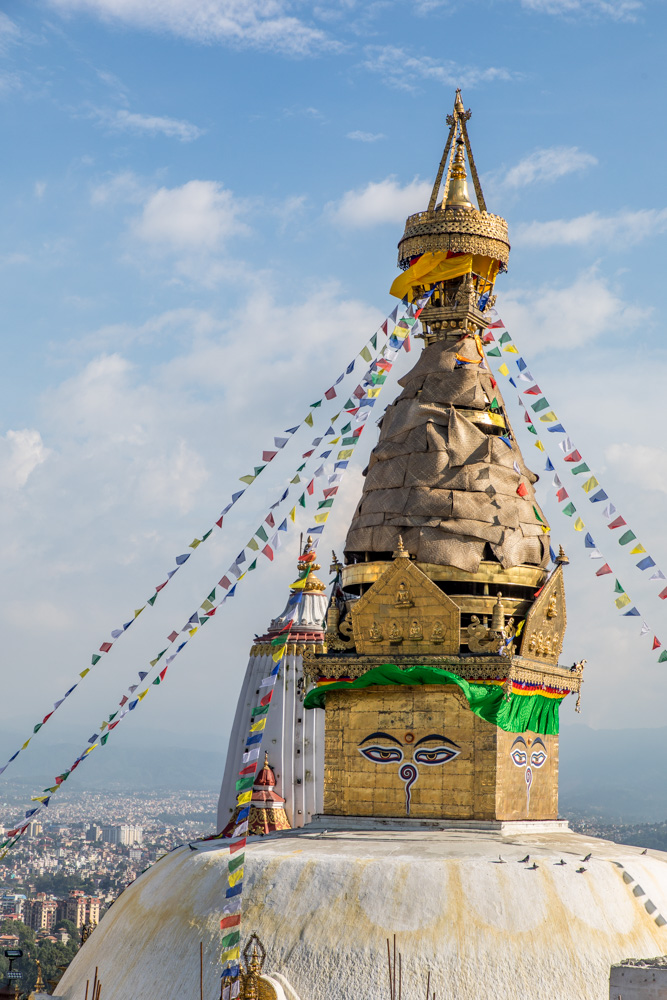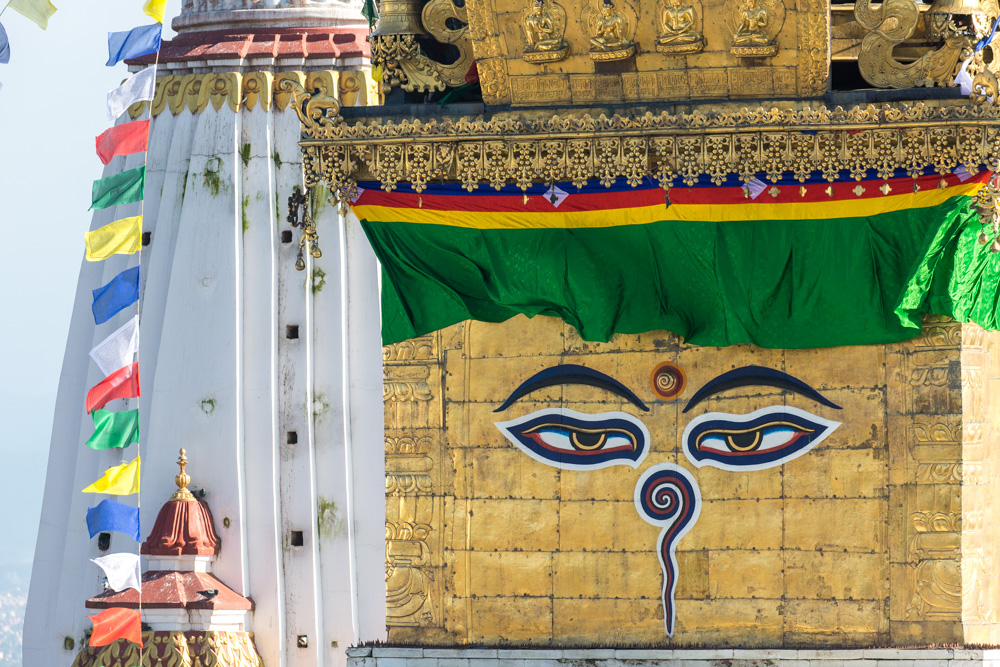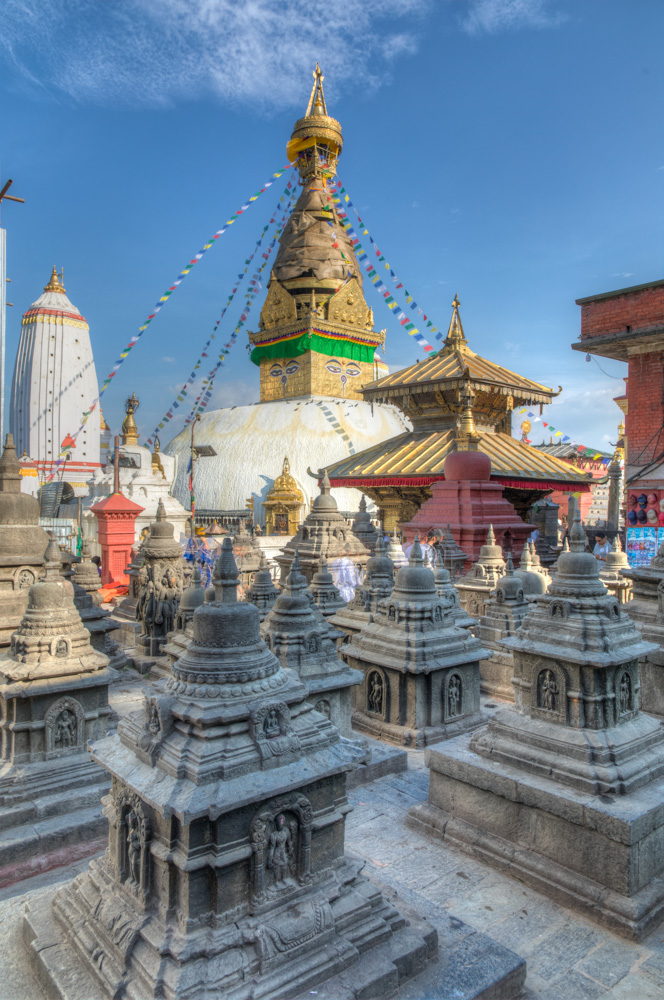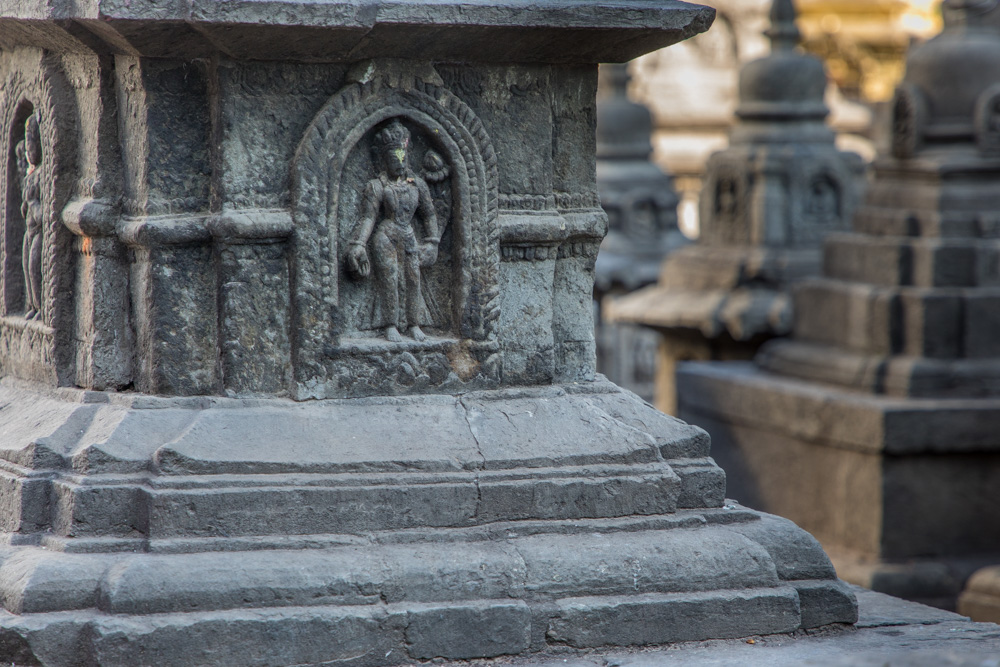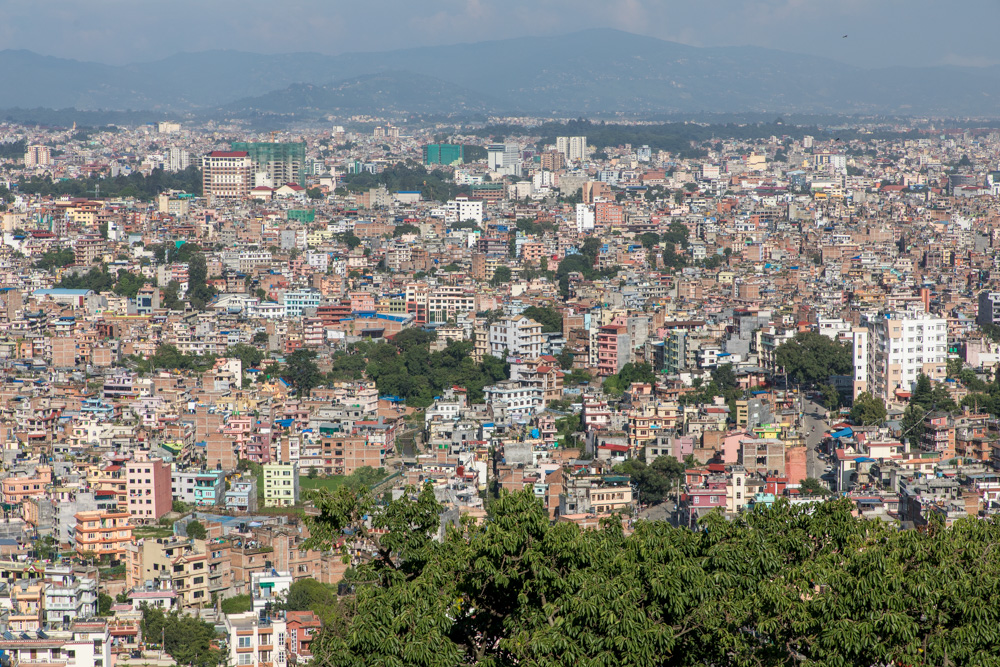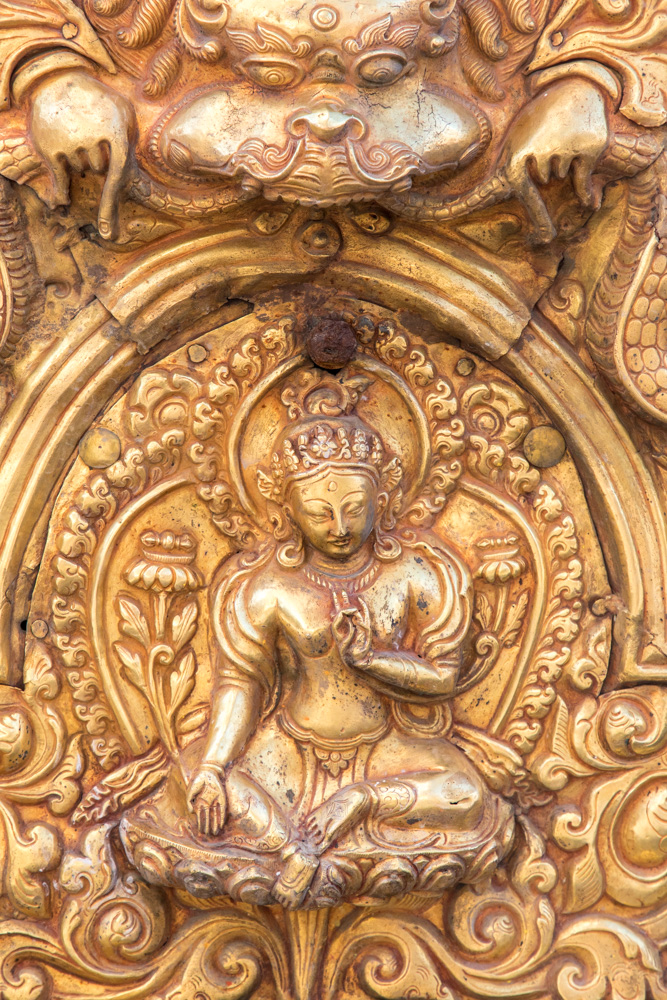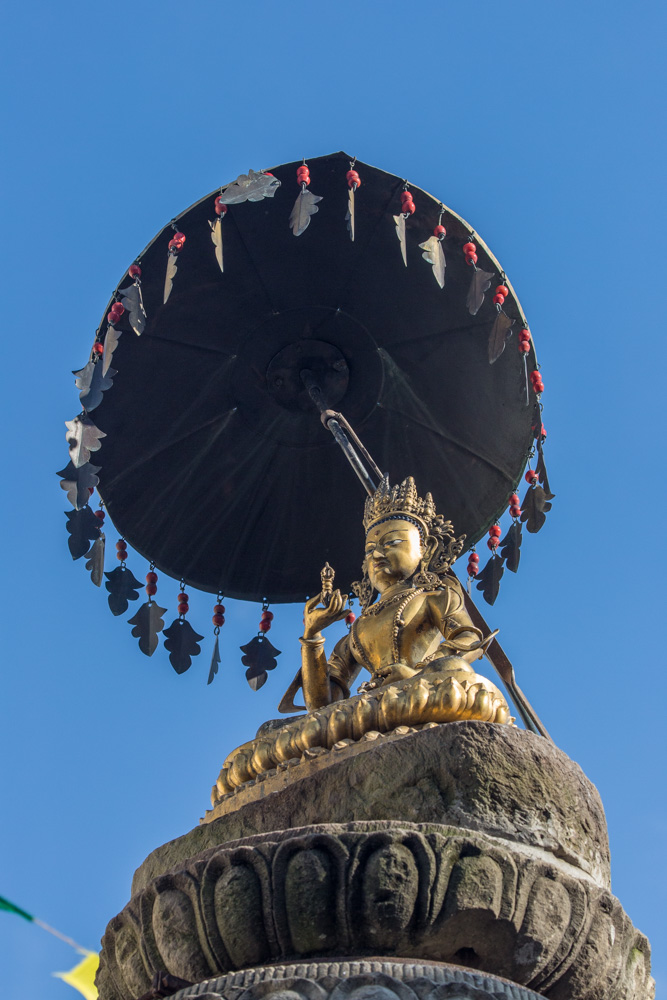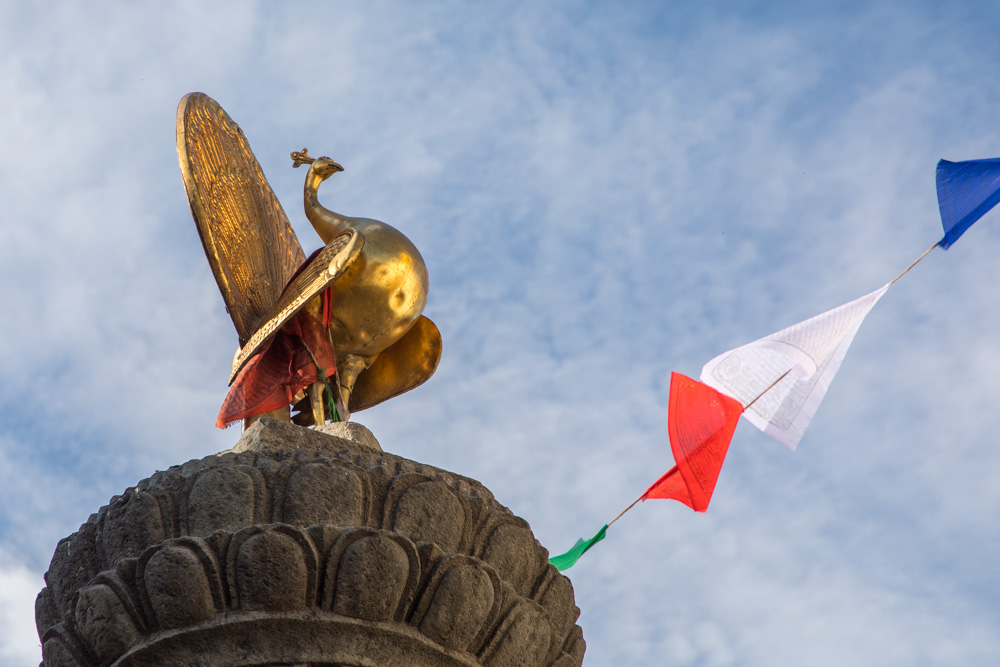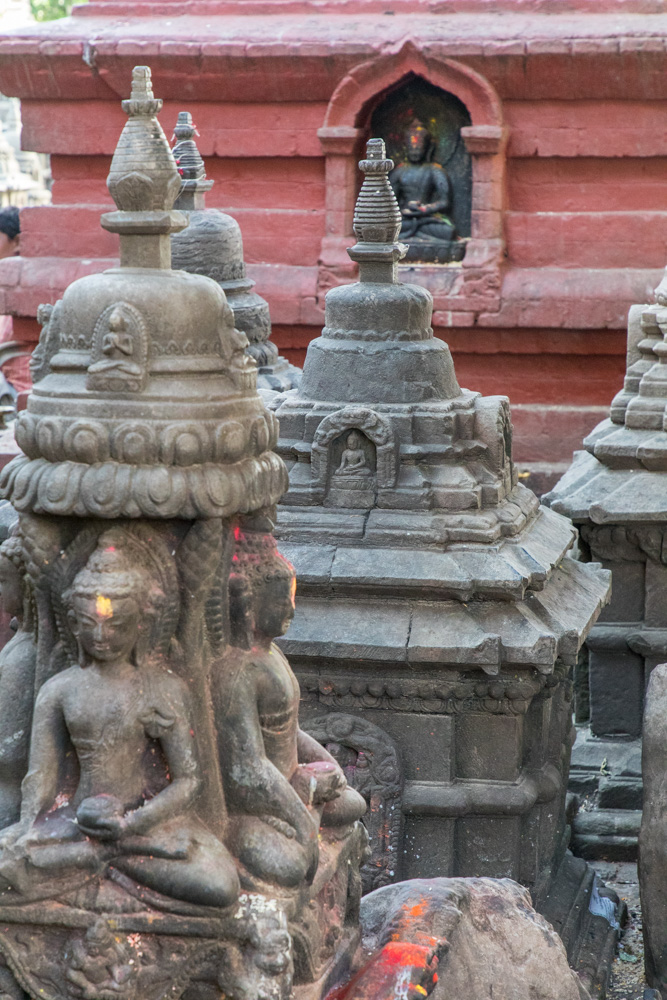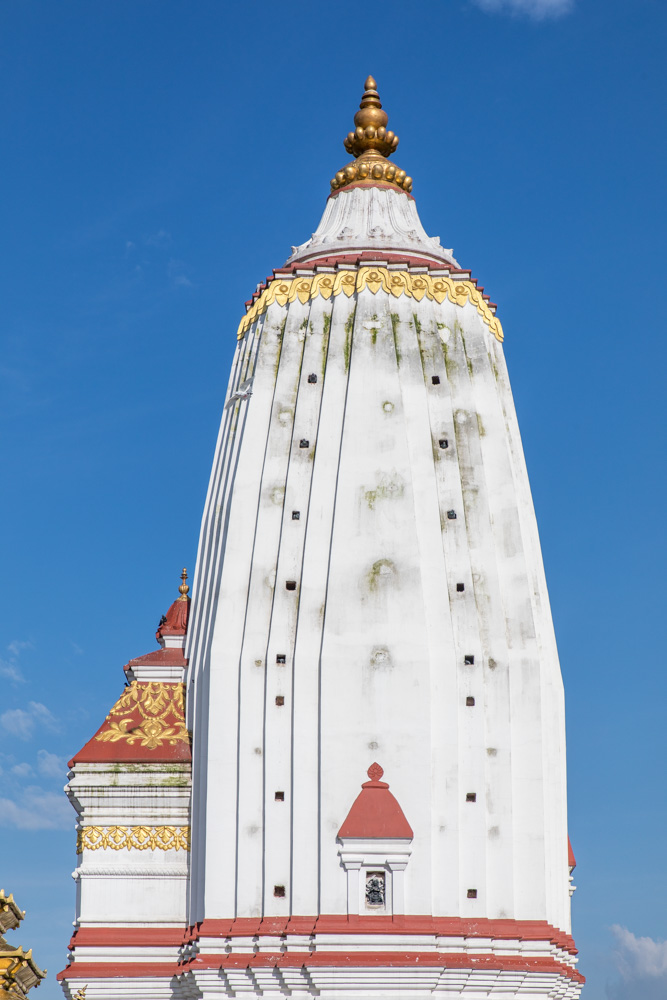Thursday, August 29, 2019 -
Because we missed a plane, we were unable to spend the night in Nuwakot - from which you can see
the Himalayas and Everest - on a good day. Our guide tried to make up for the canceled trip
by taking us to Nuwakot this morning.

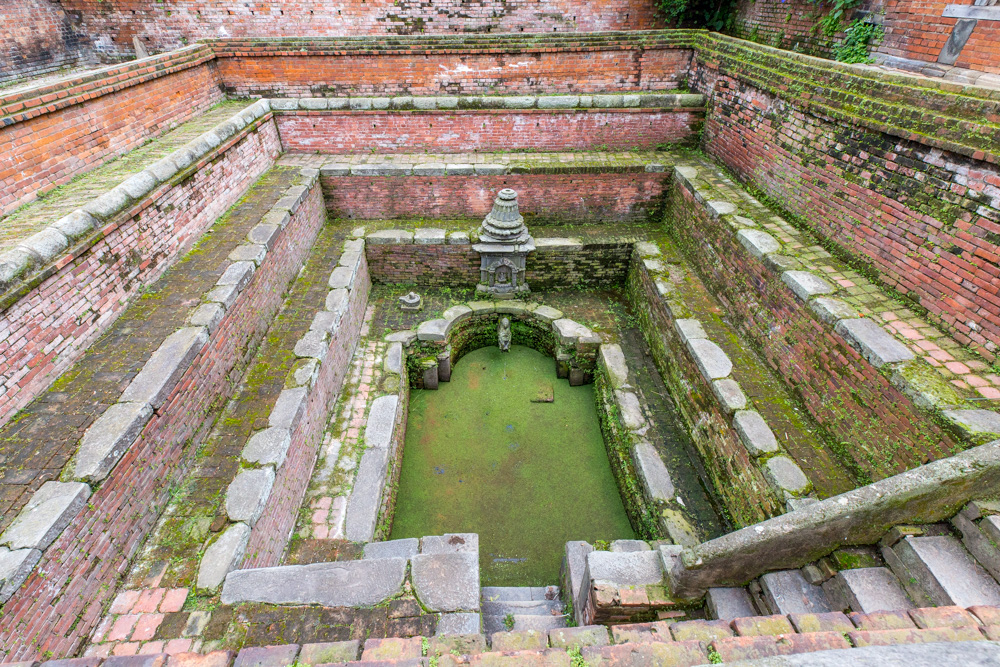
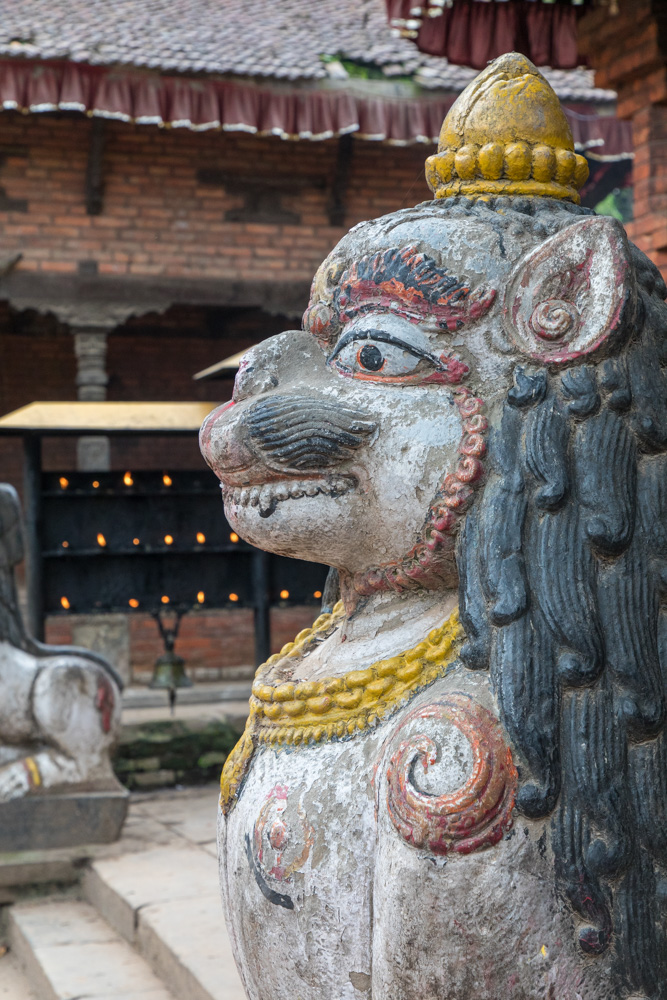
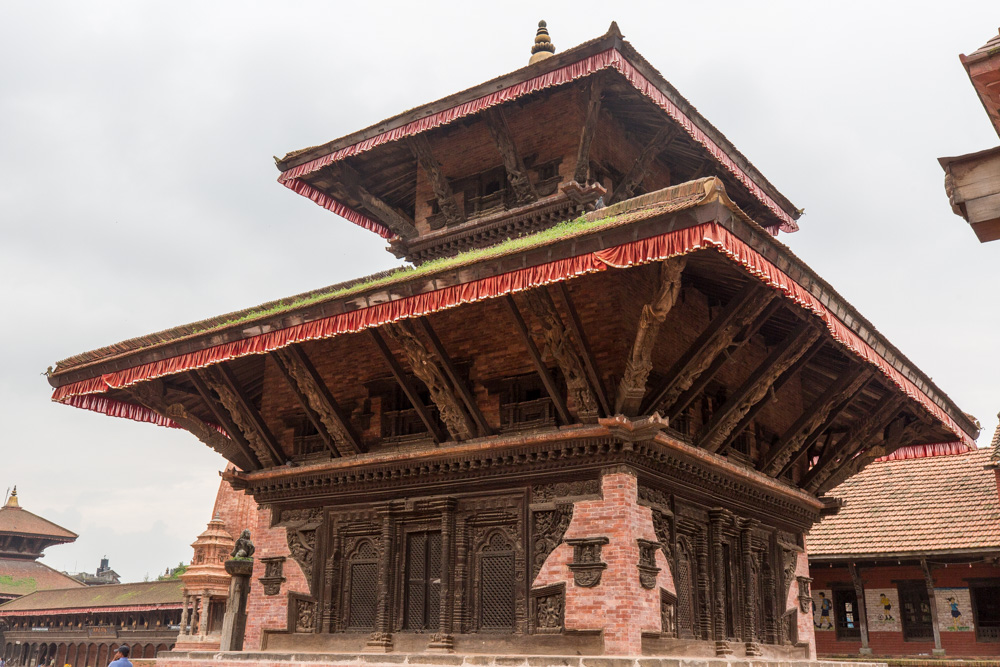
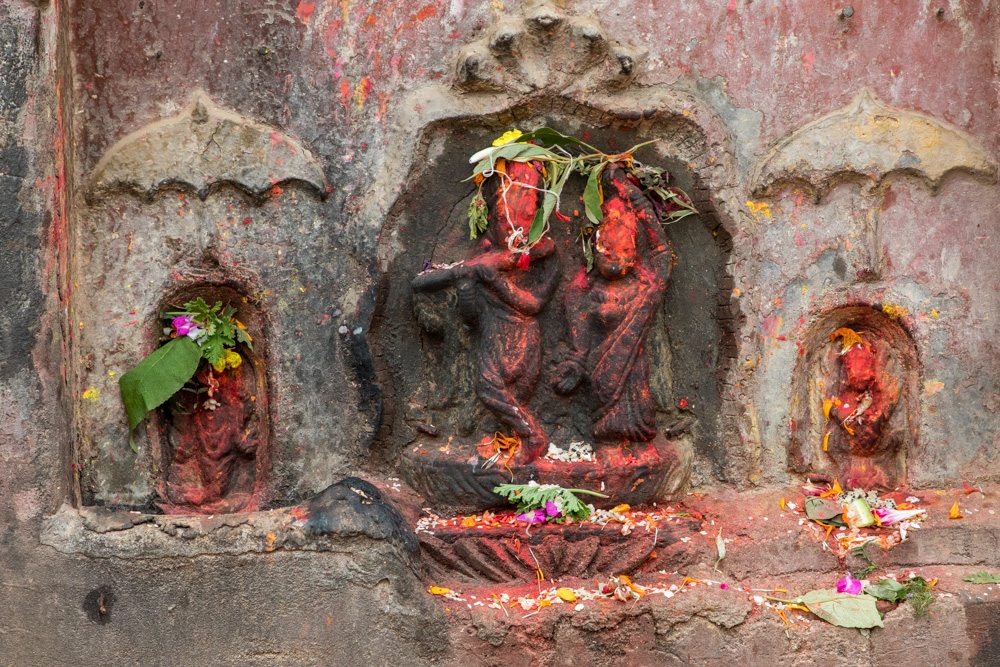
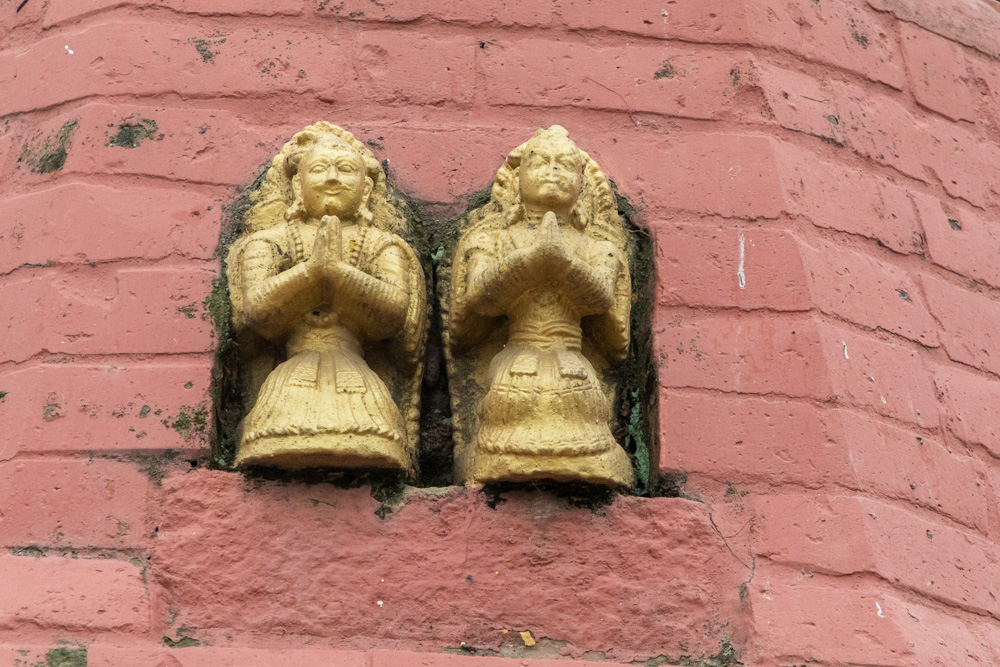
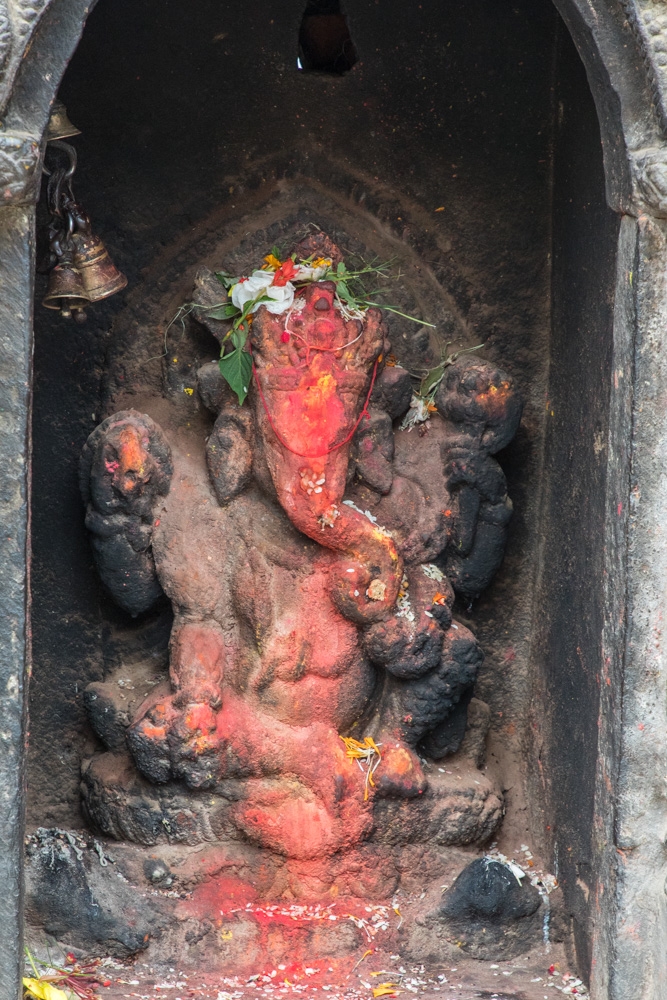
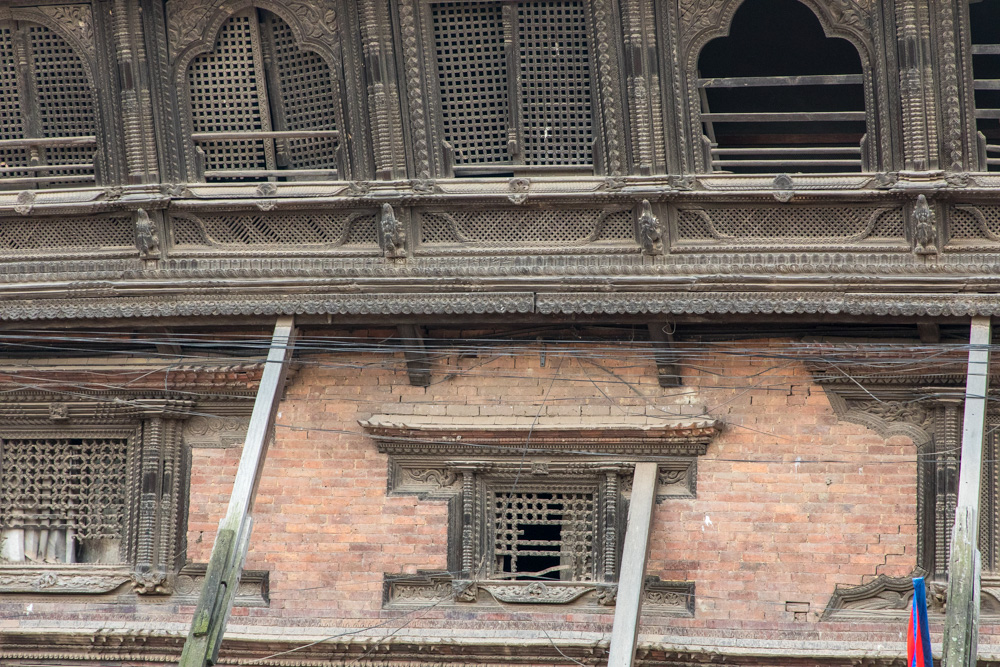
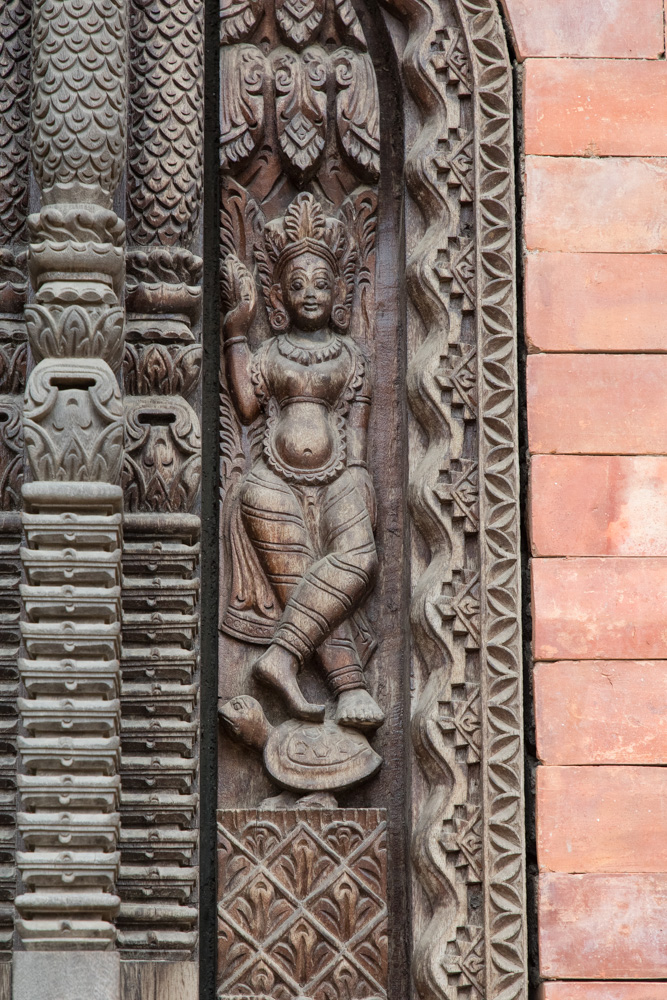
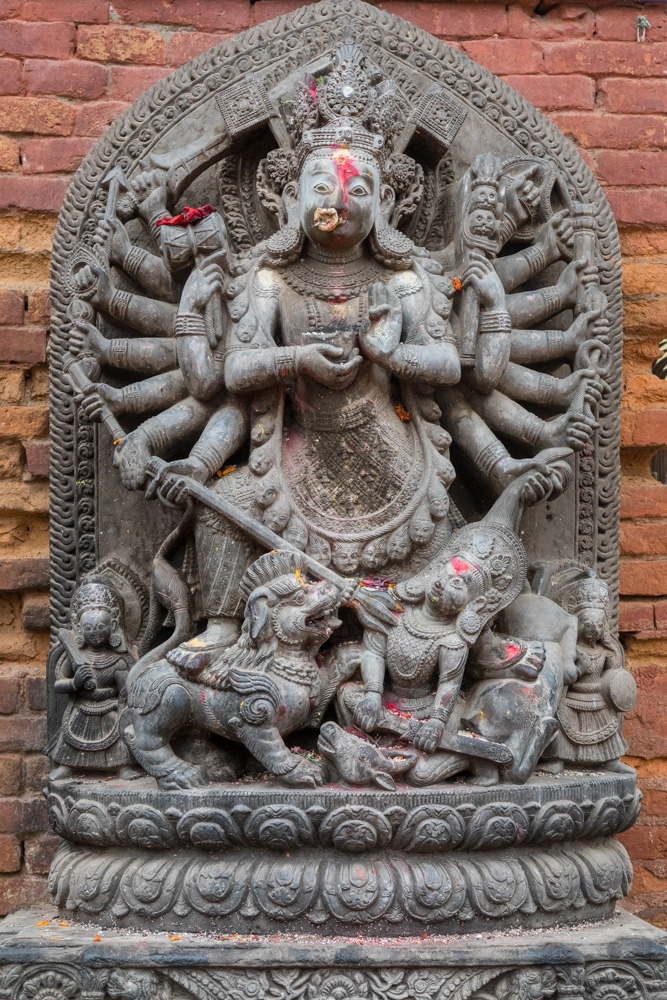
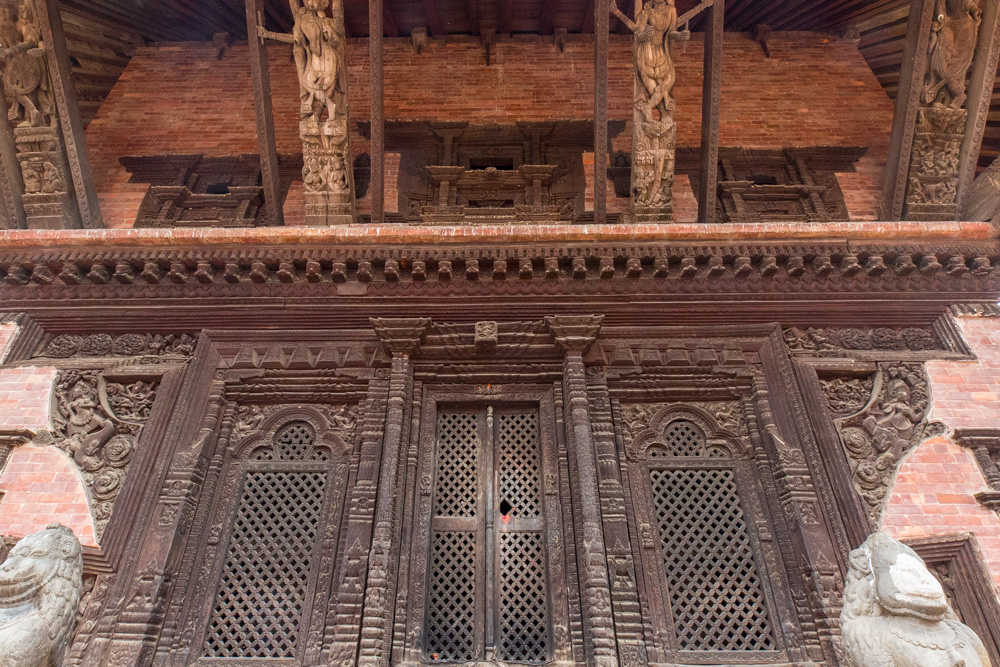
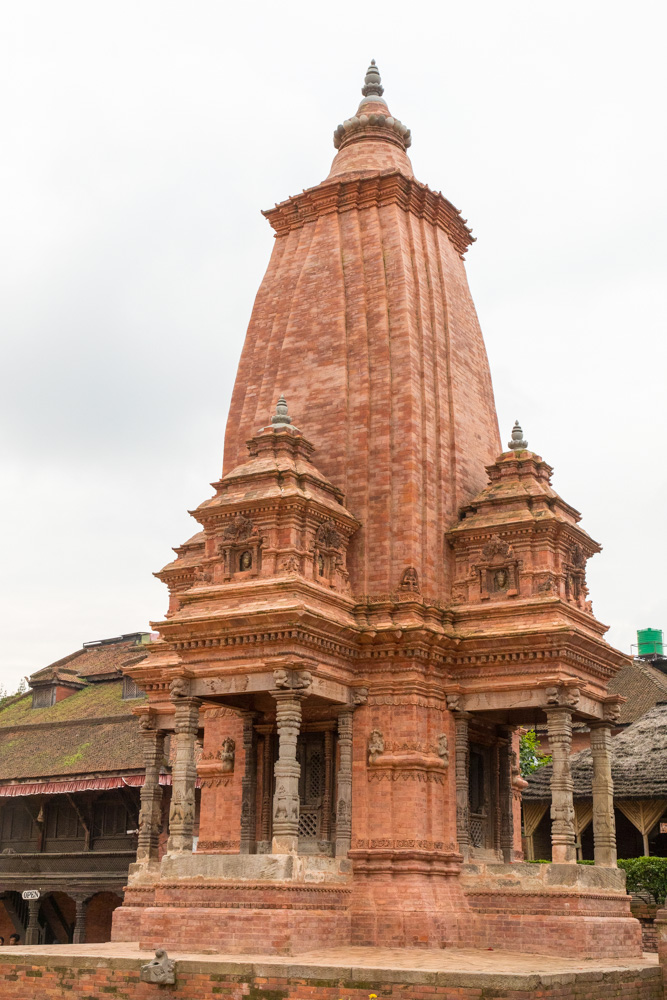
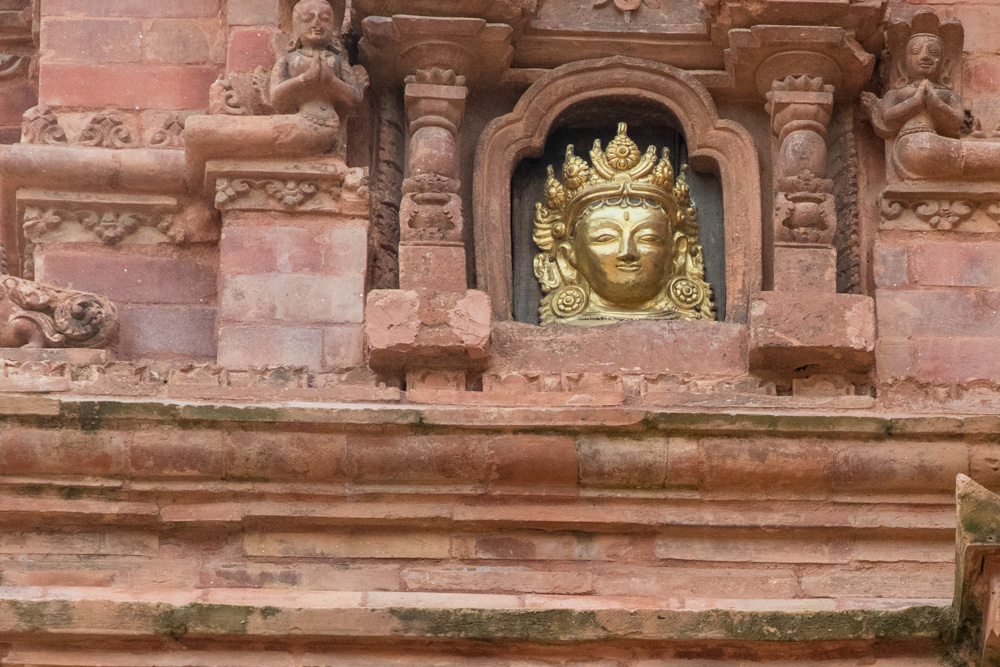

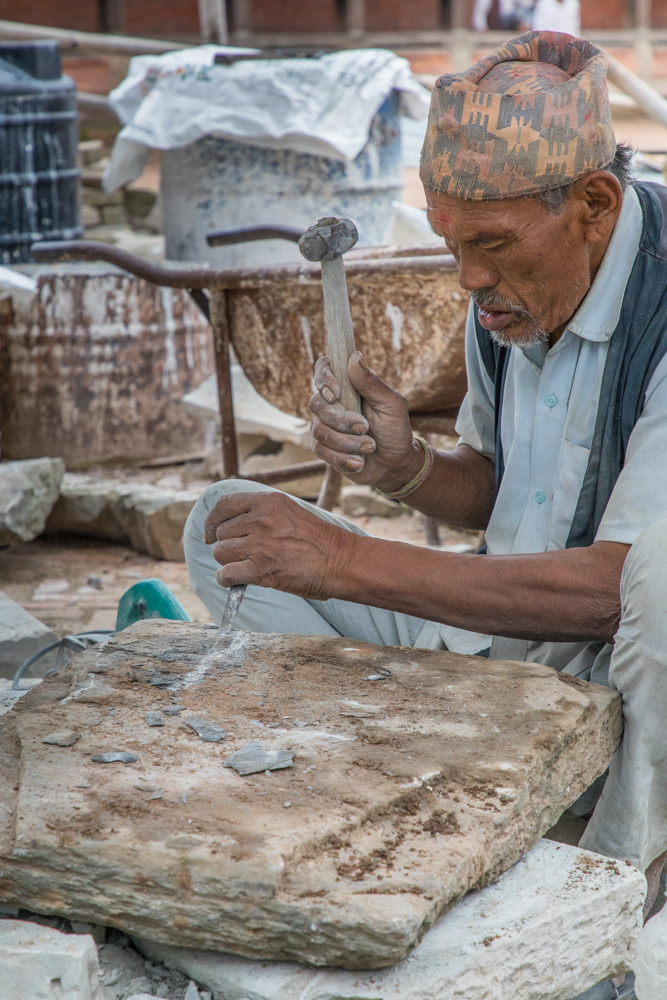
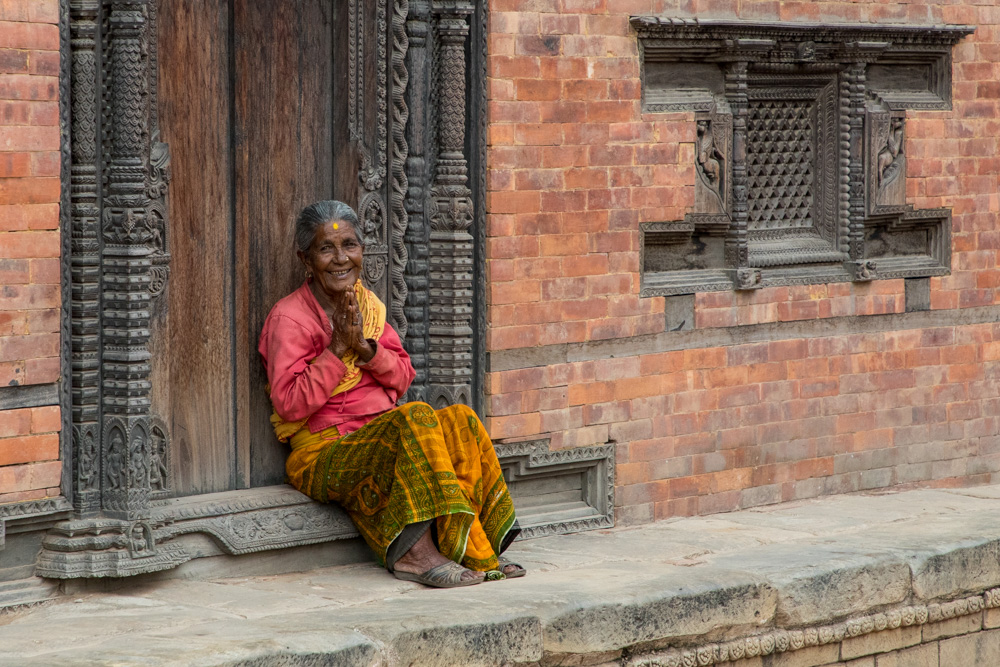
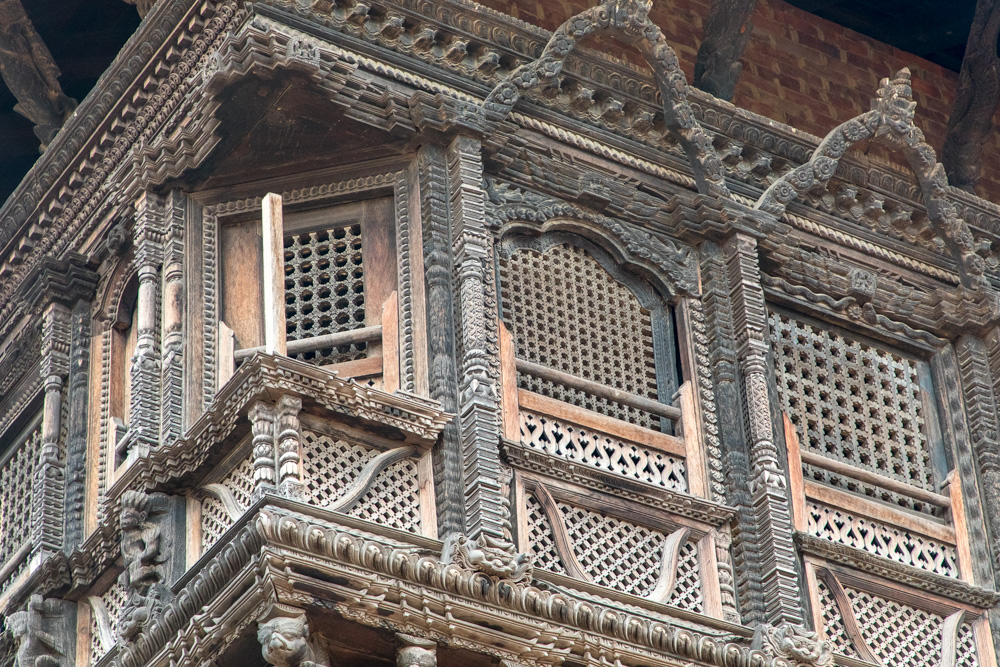
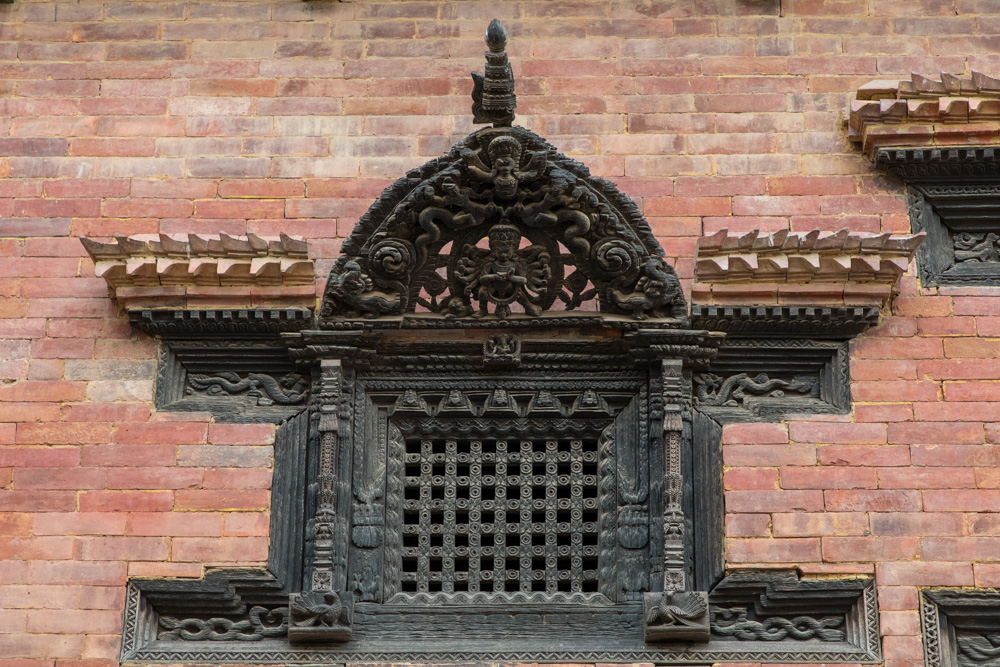
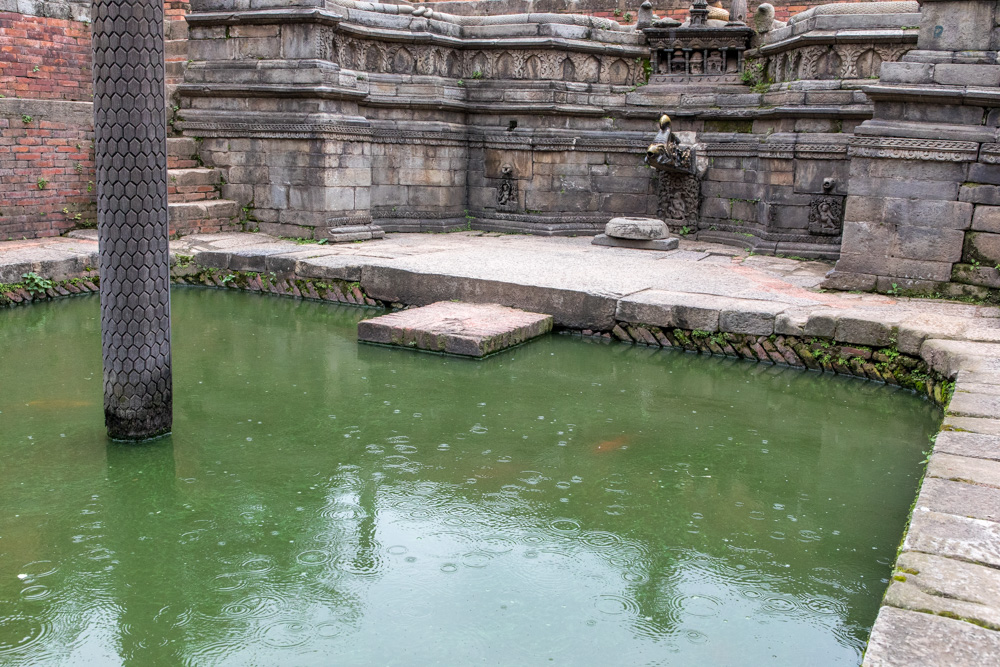
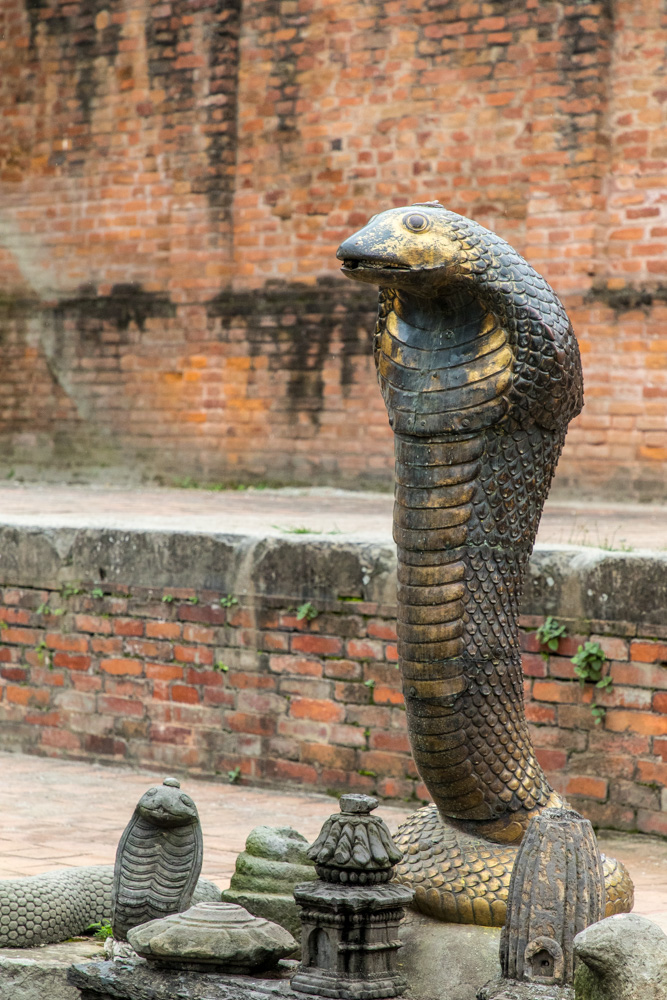
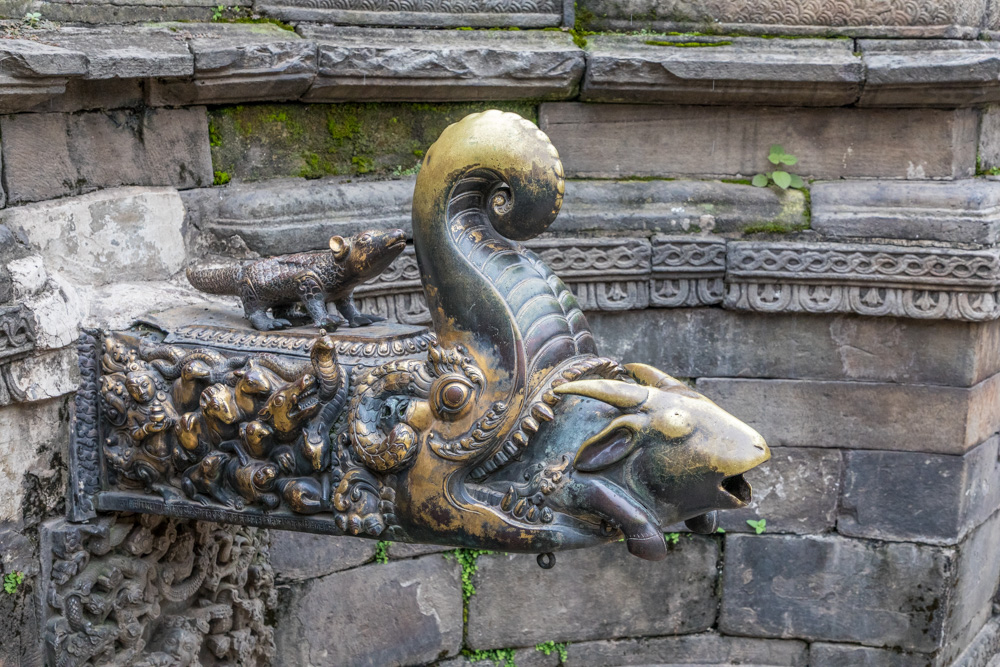
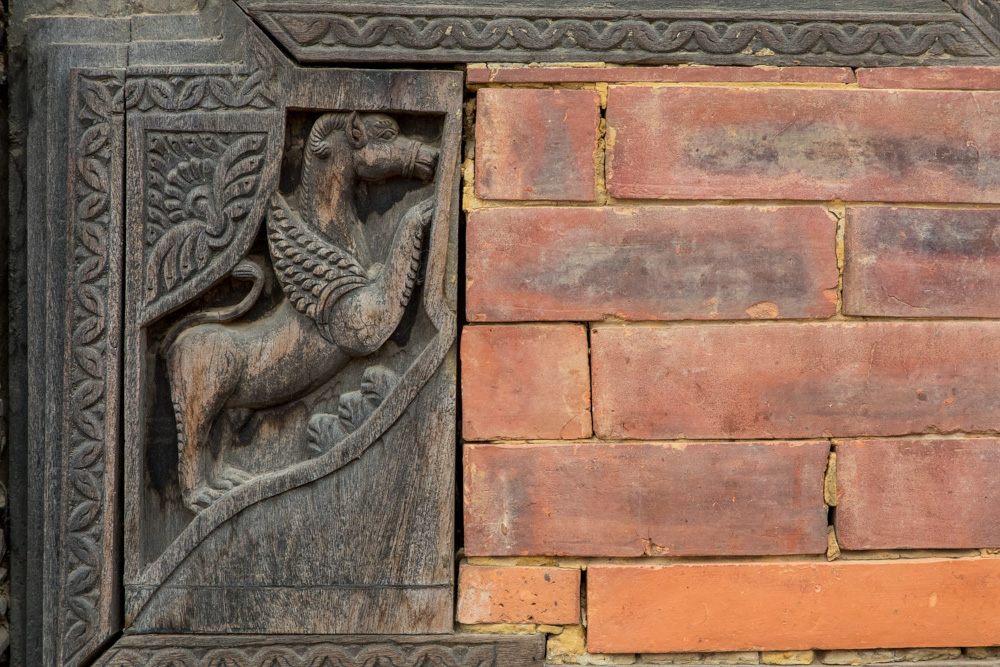
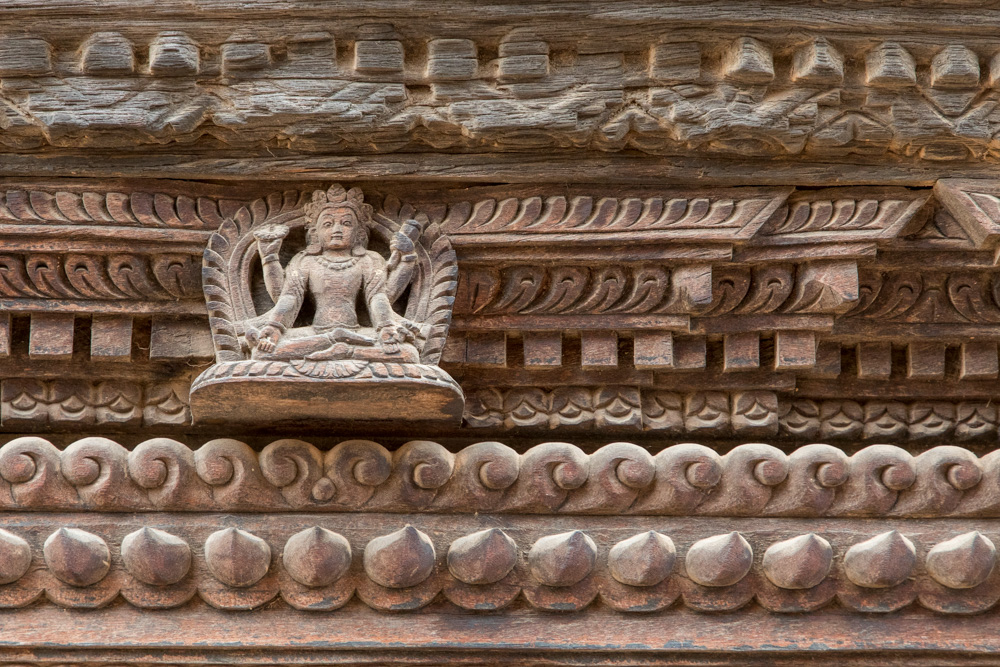
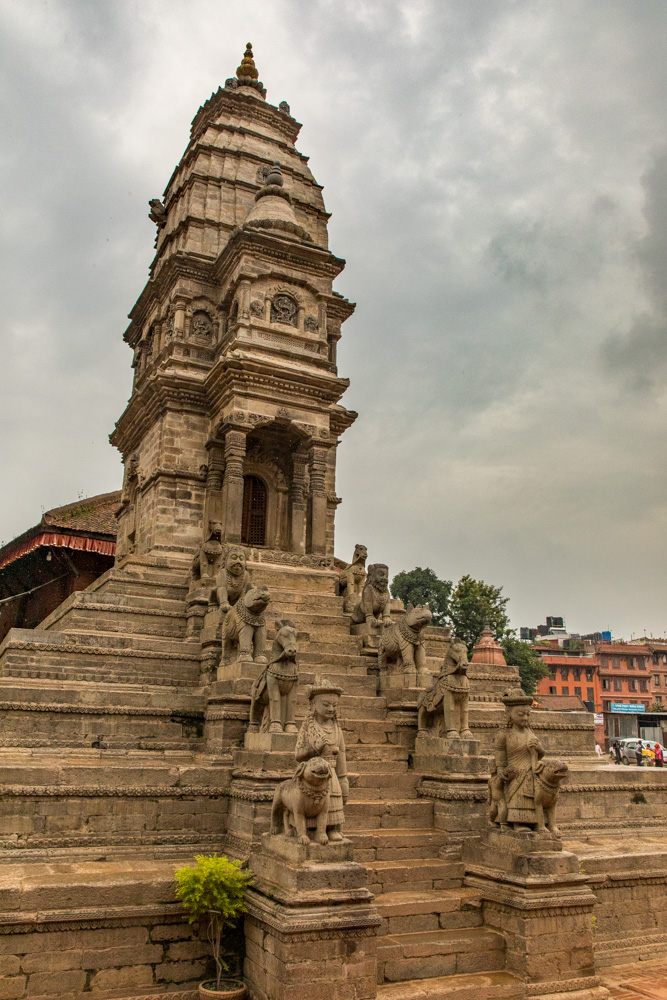
The steps up to the temple are flanked by male and female attendants, each leading a rather reluctant child and a rather eager-looking dog. On successive levels the stairs are flanked by horses, rhinos, man-lions and camels.
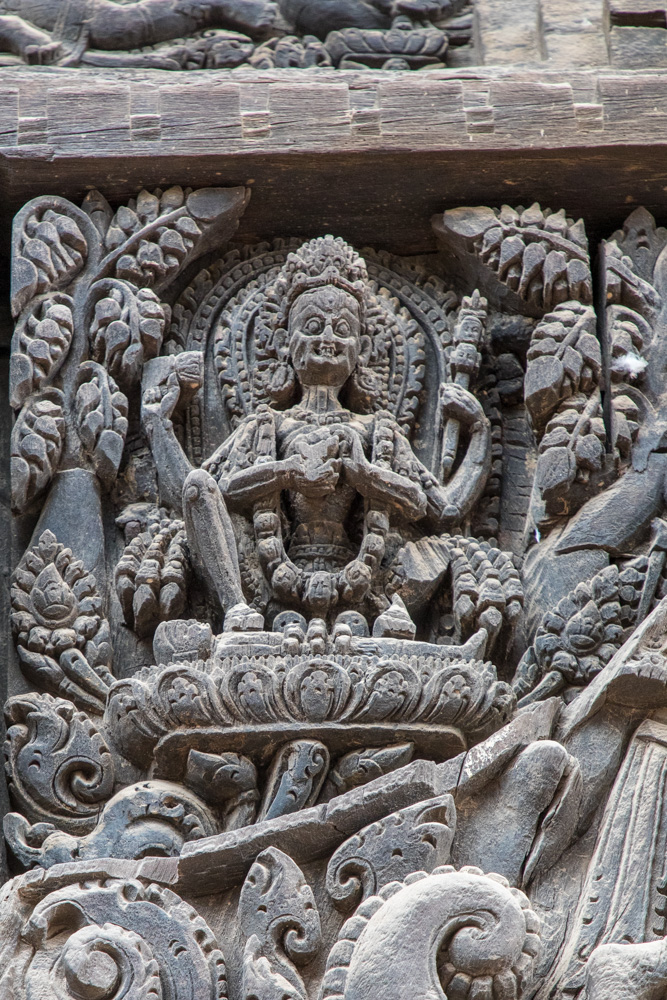

The roof struts are carved with erotic scenes.

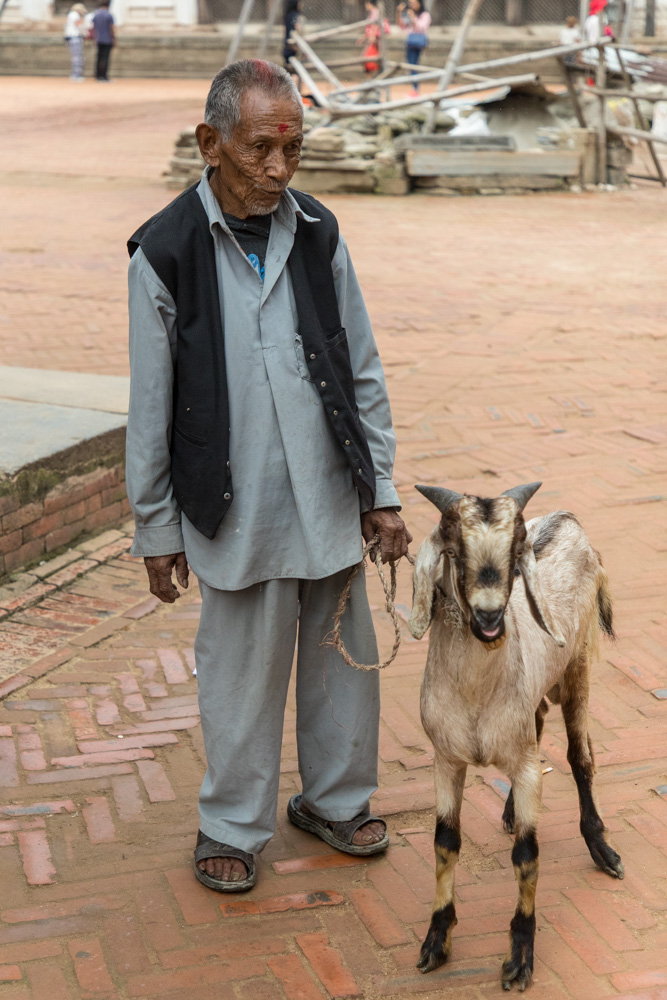

The Nyatapola temple was built and dedicated to the goddess Siddhi Lakshmi. The temple rests on a base of five levels with four Ganesh shrines in each of the corners.
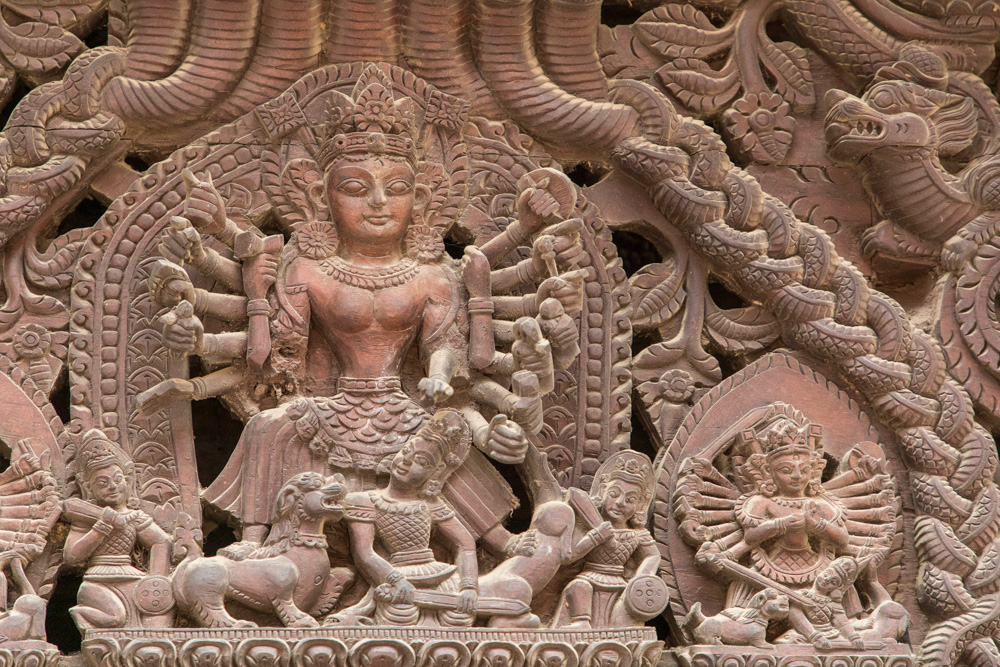
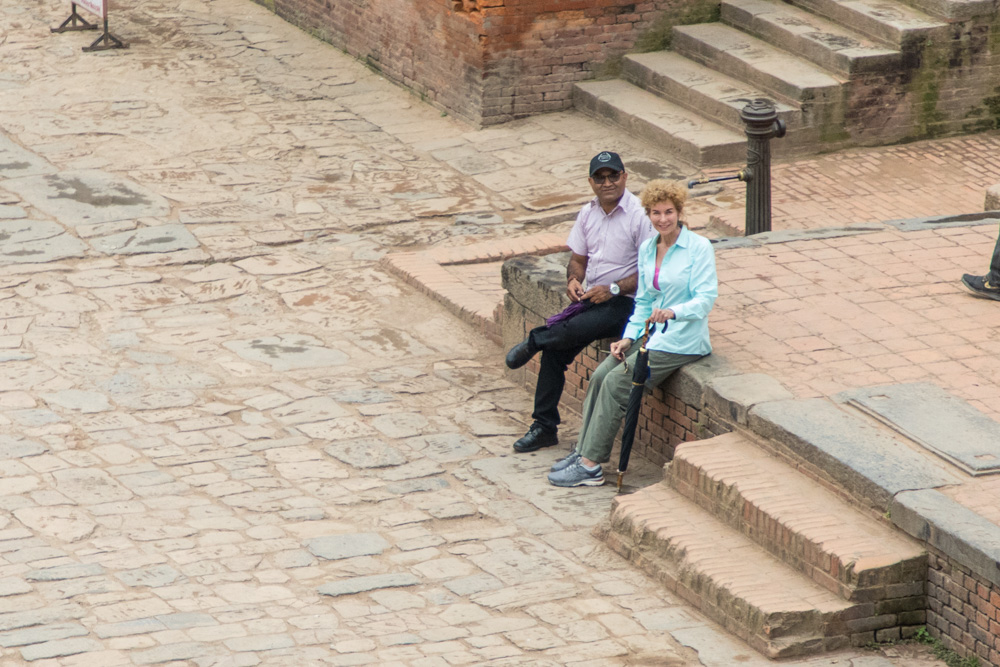
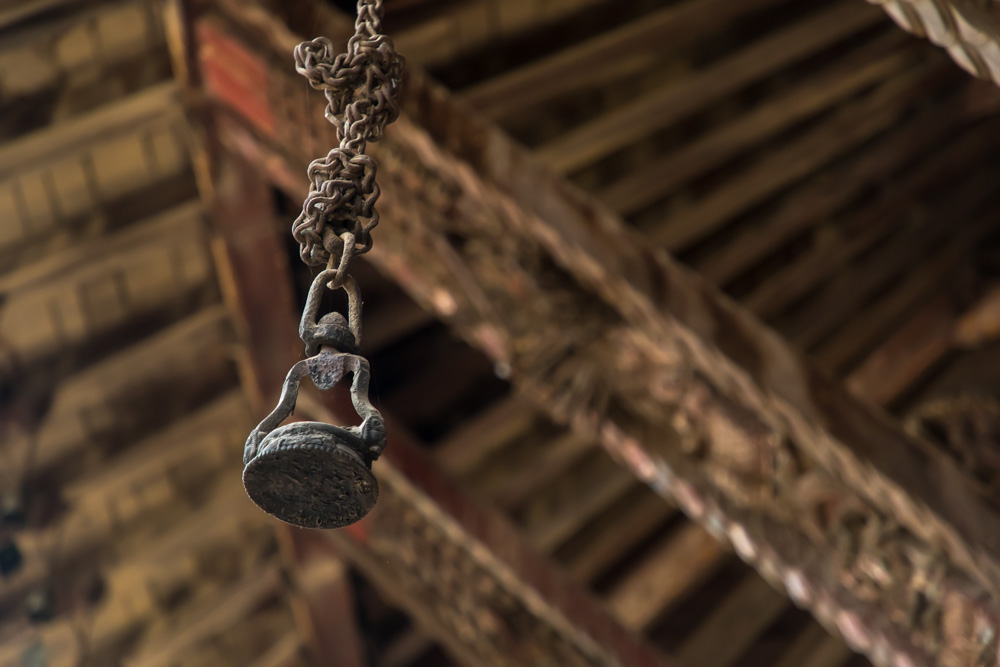
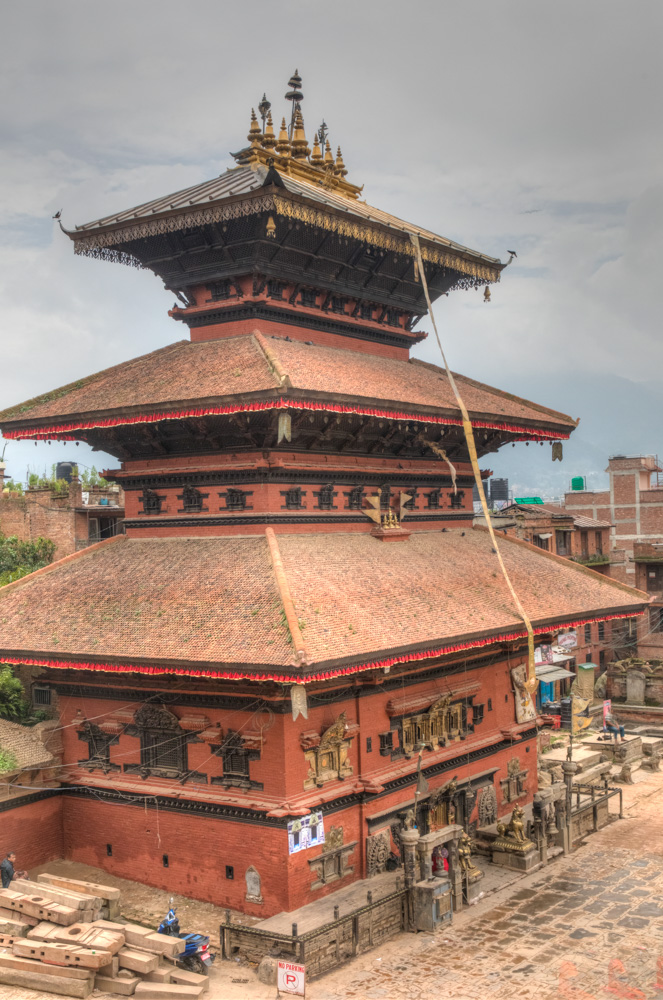
The first temple on this site was a modest structure built in the early 17th century, but King Bhupatindra Malla added an extra story in 1717 and a third level was added when the temple was rebuilt after the 1934 earthquake.
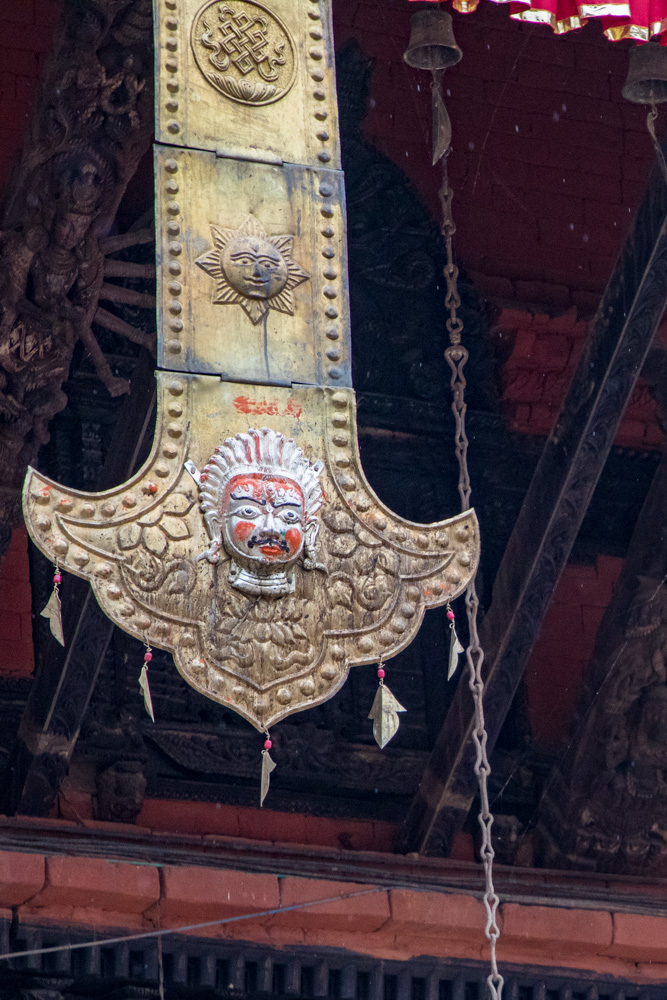
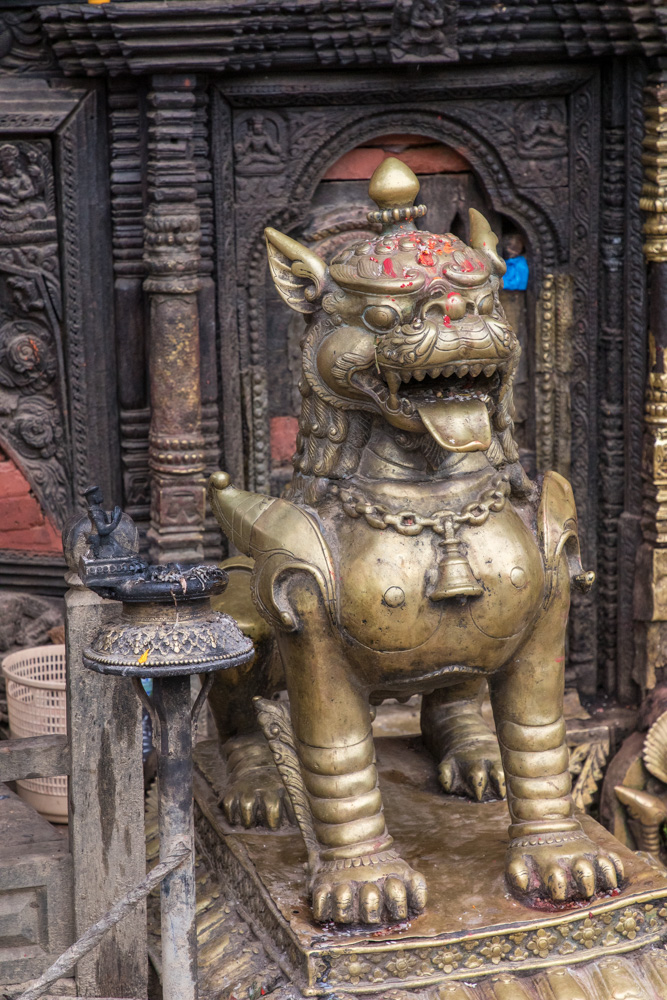
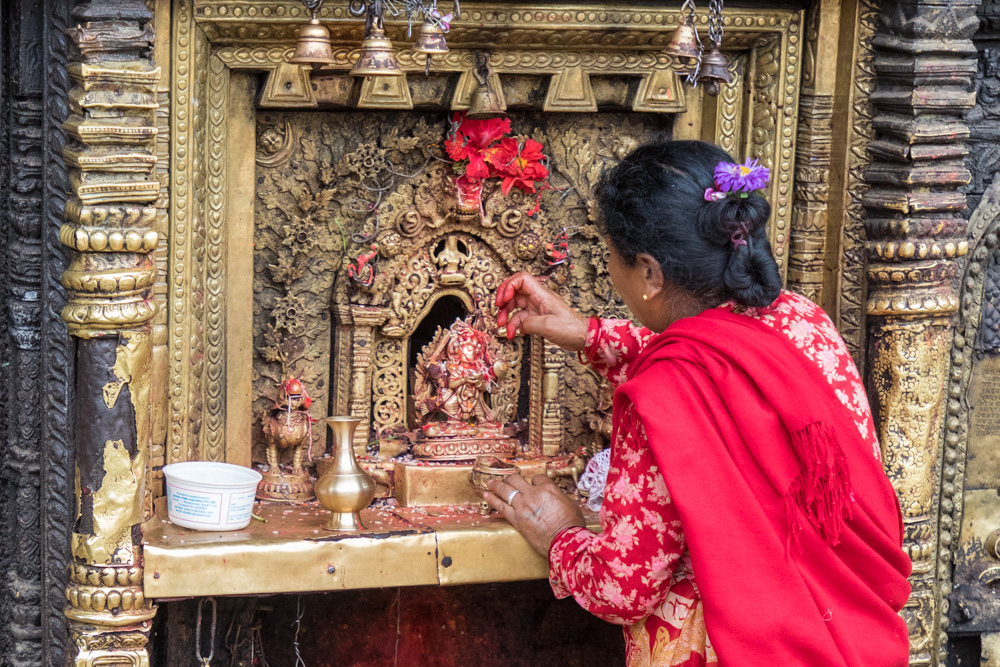
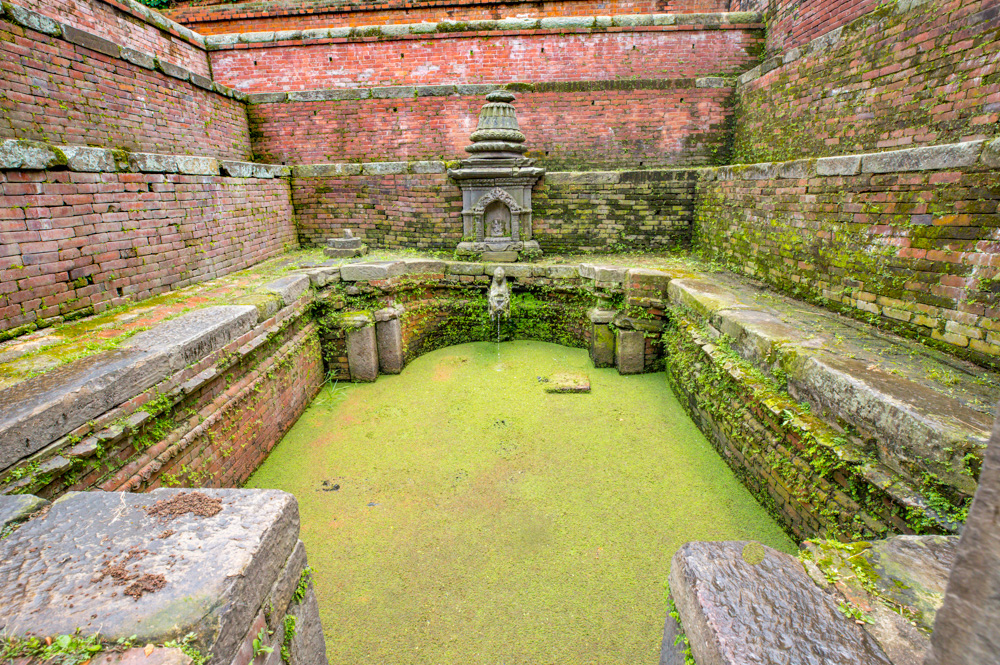
We then drove to Patan Durbar Square.
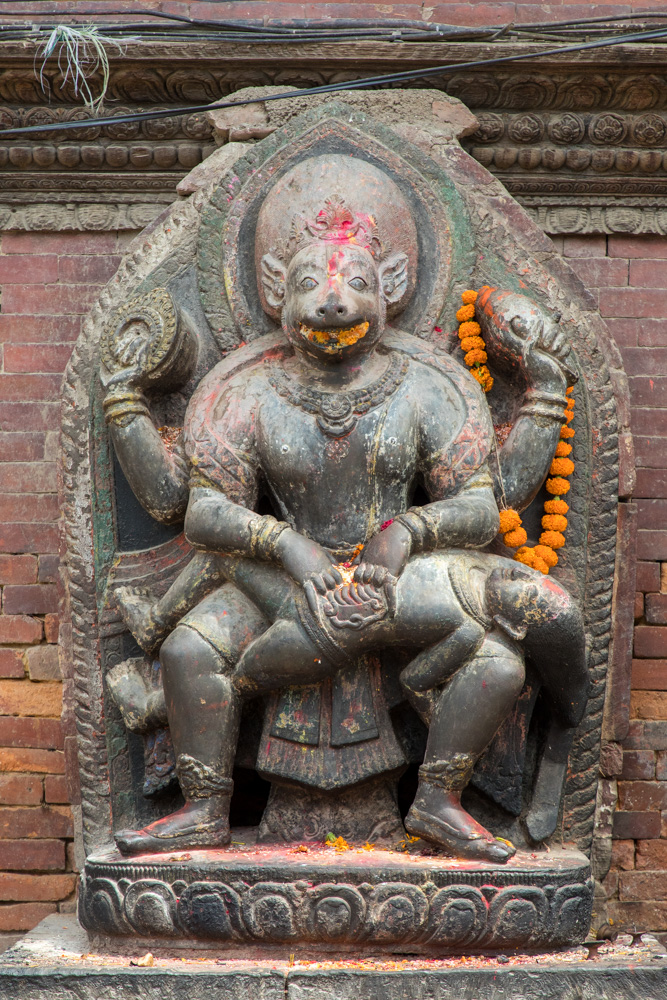
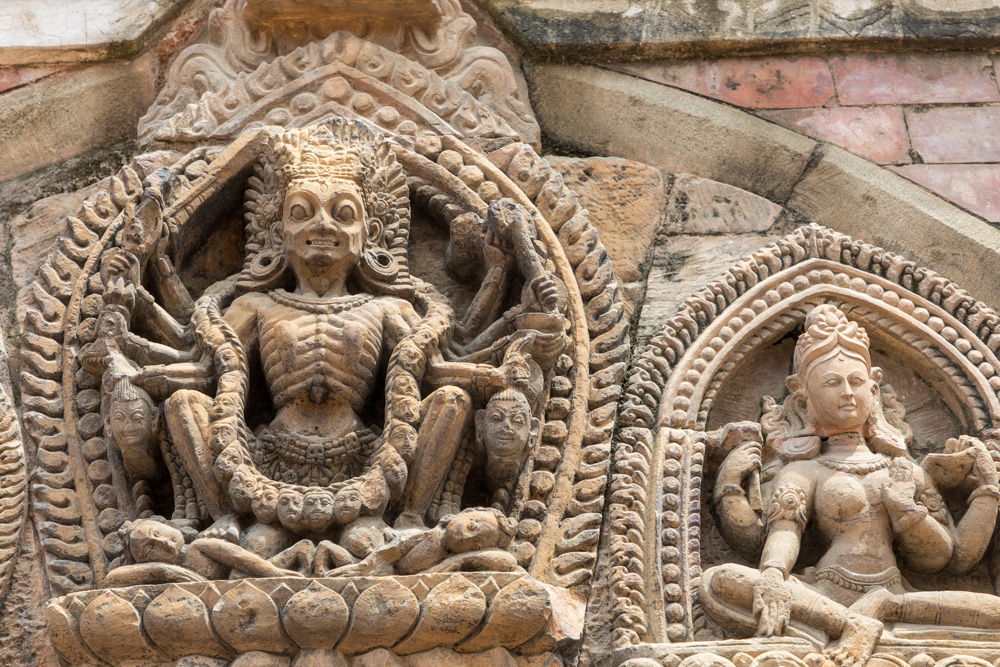

After the April 2015 earthquake, Manga Hiti, a 1,500-year-old water spout dating back to the mid-6th century, was one of the first areas in Patan Durbar Square to be cleared of rubble.
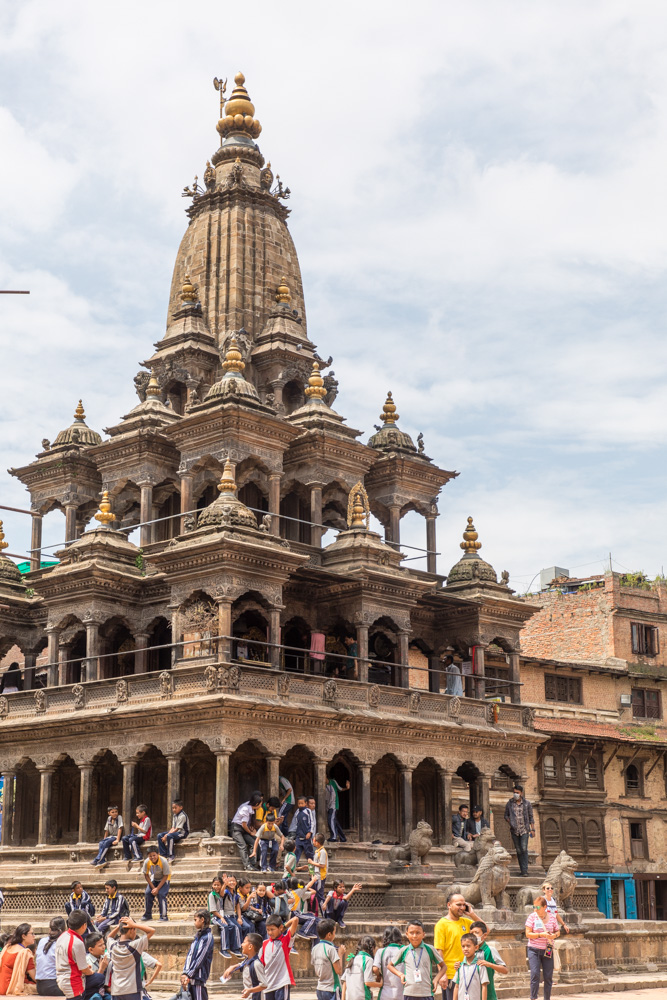
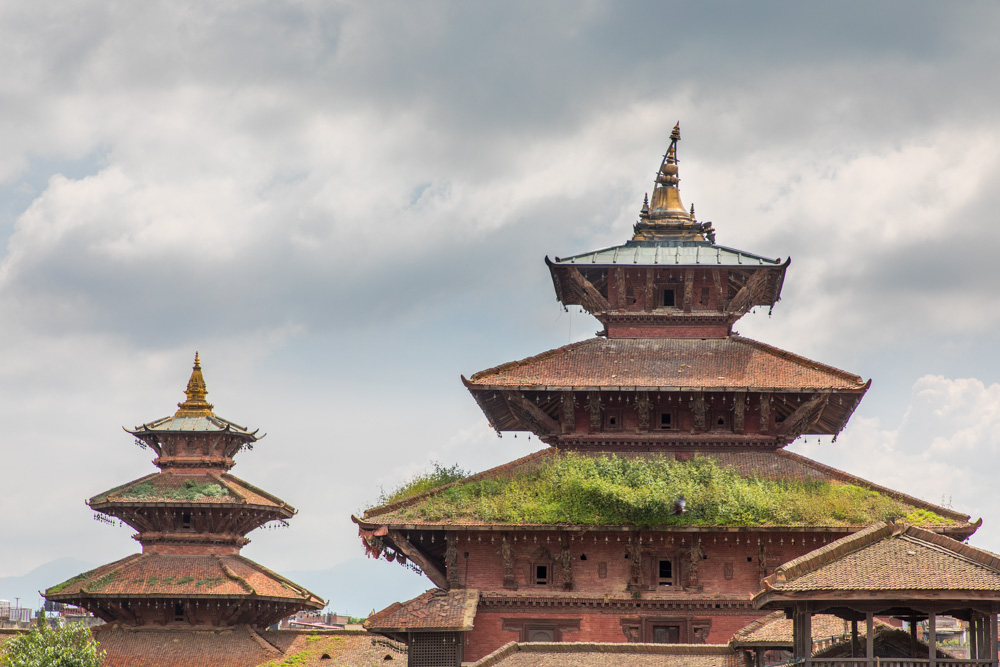
This picture is taken from the fourth floor rooftop restaurant. Where we had a great meal of Momos.
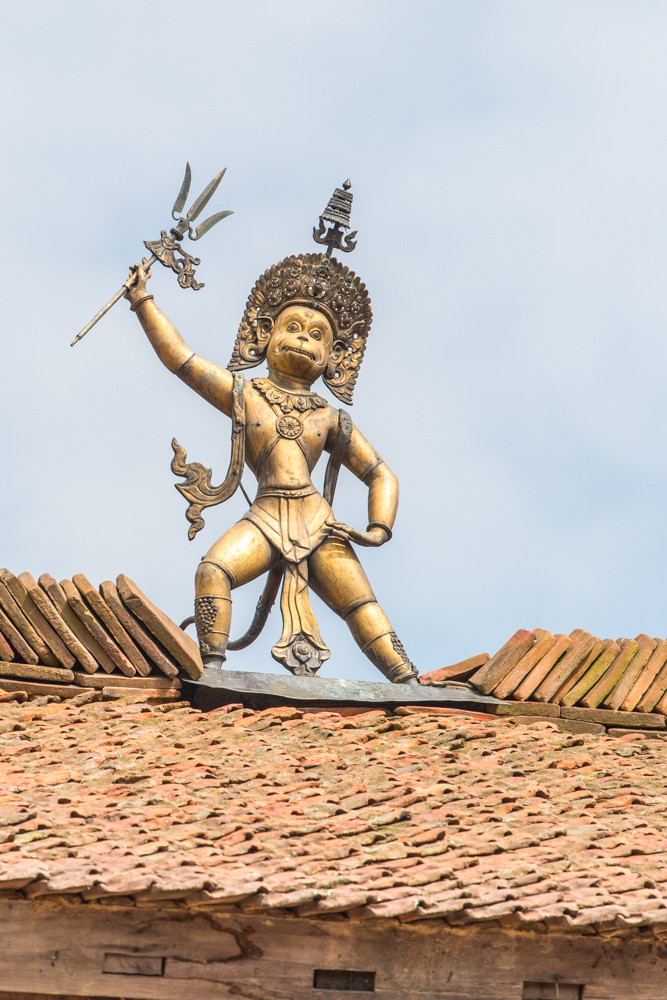
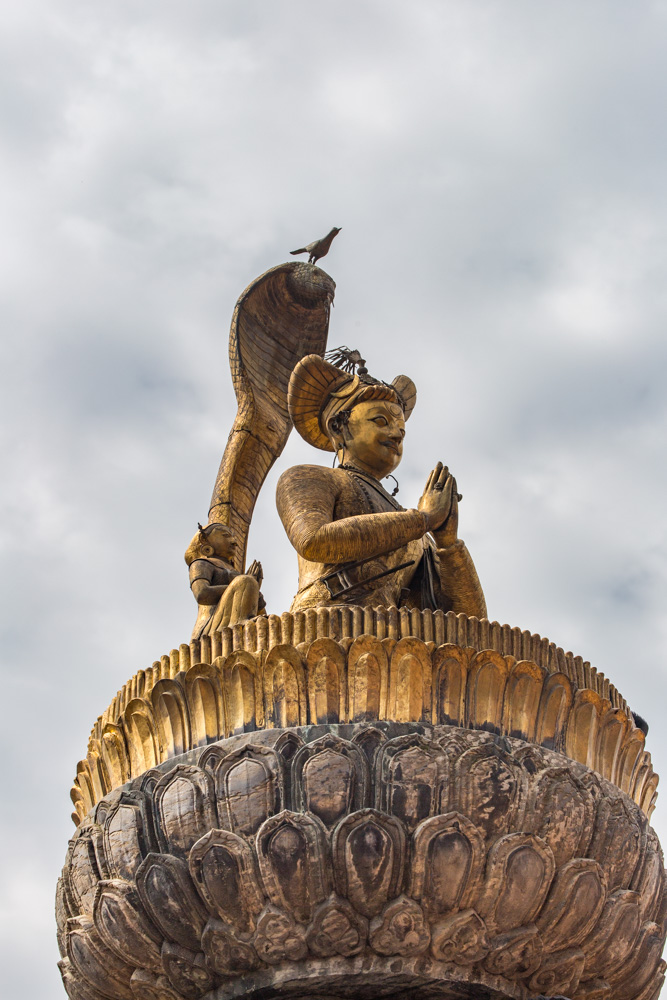
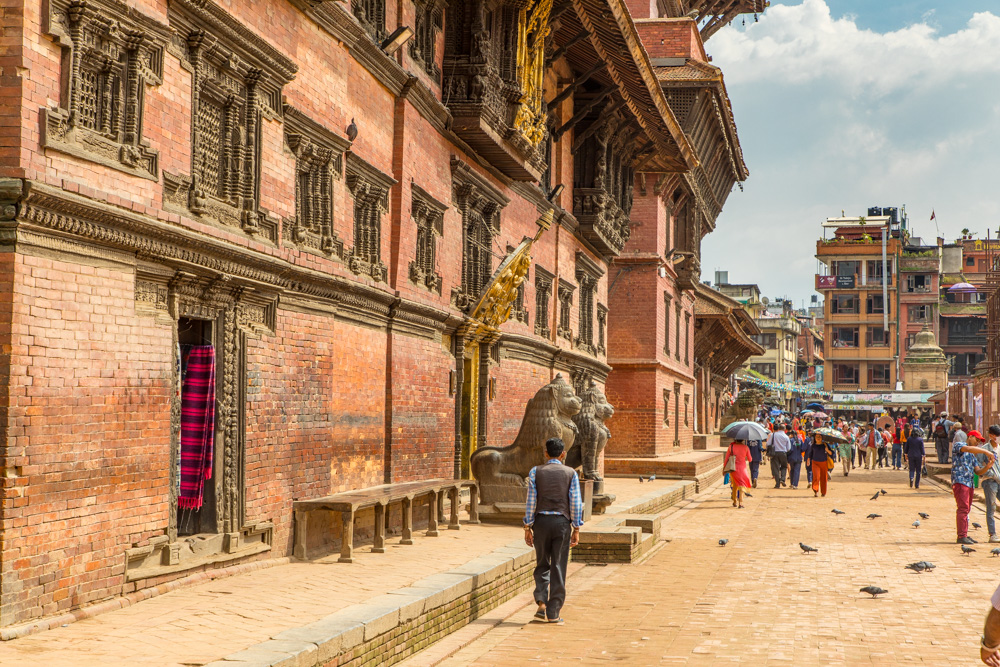
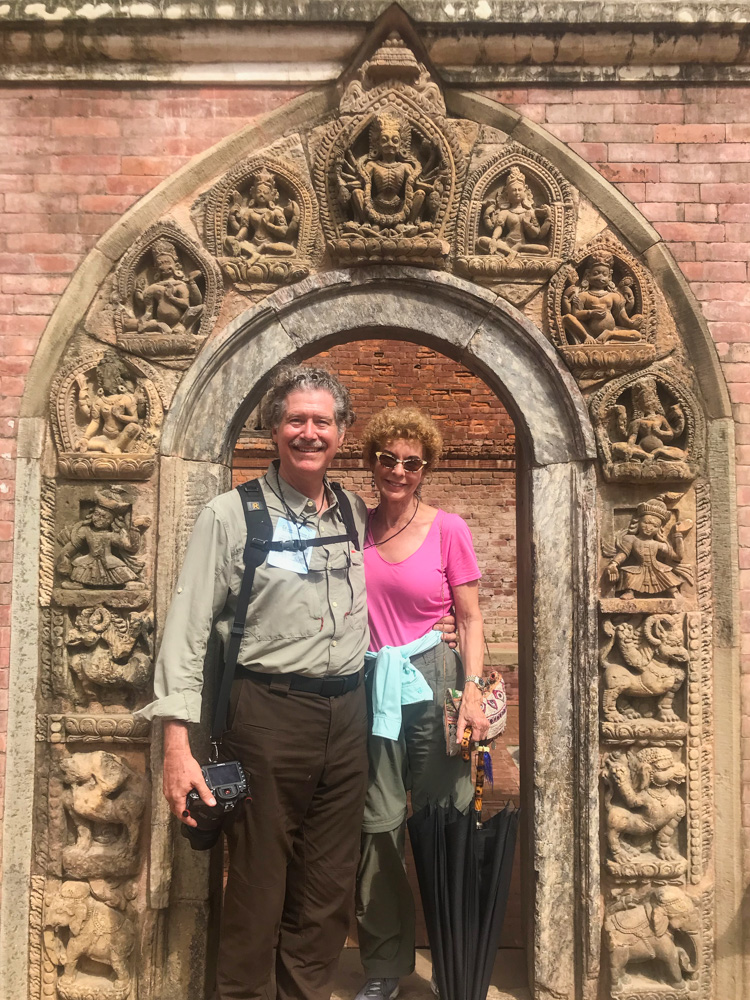
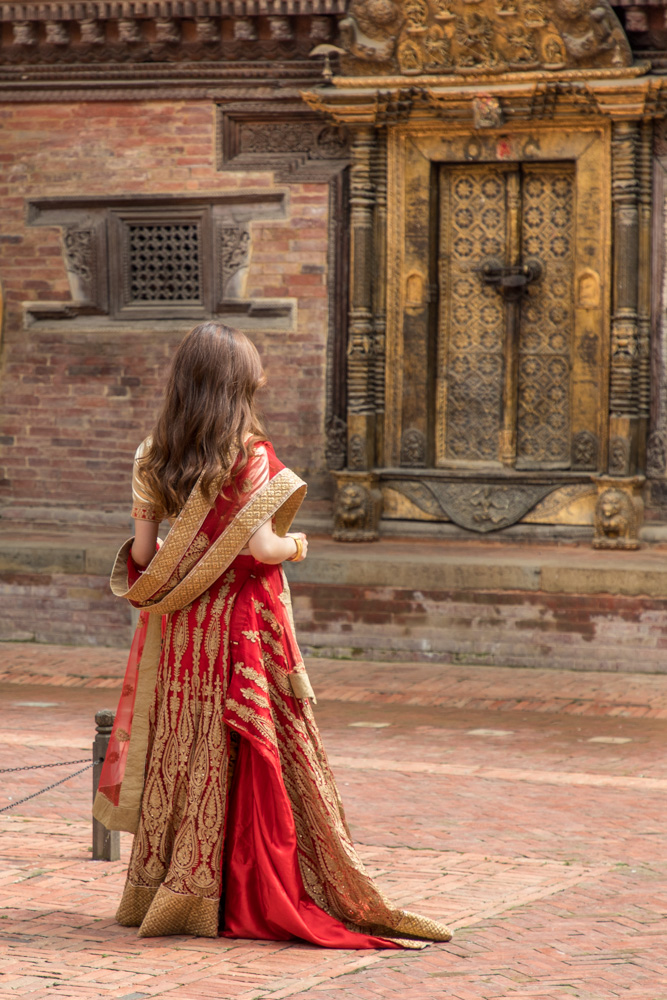
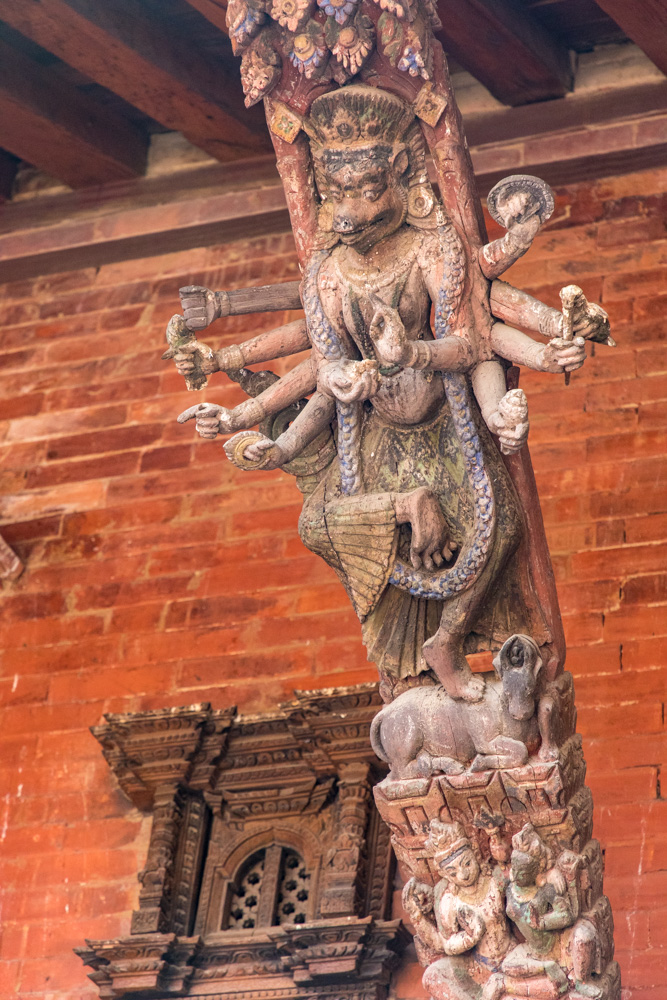

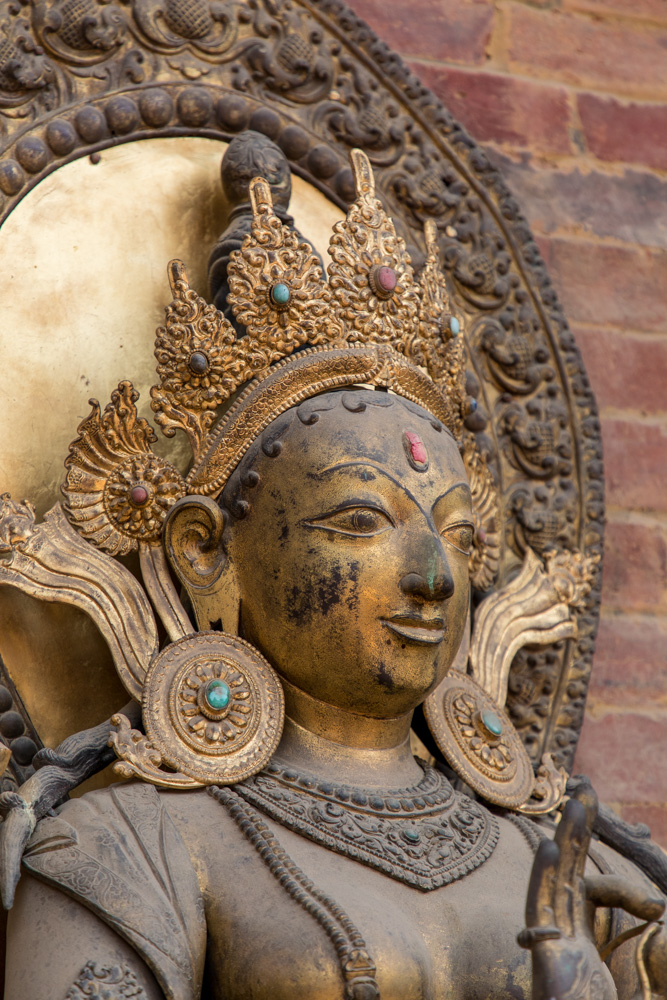
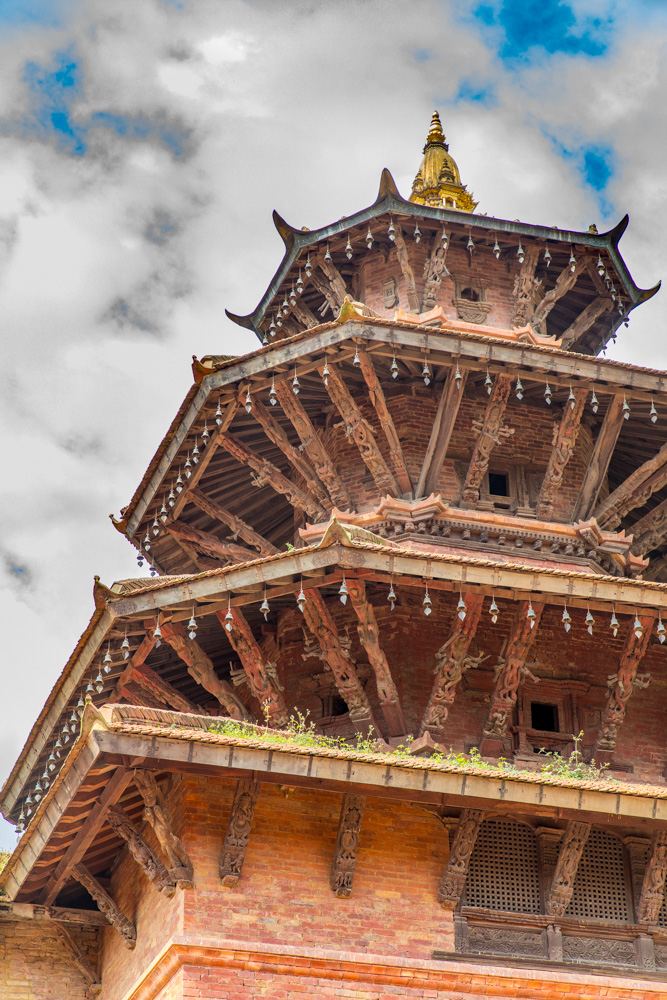
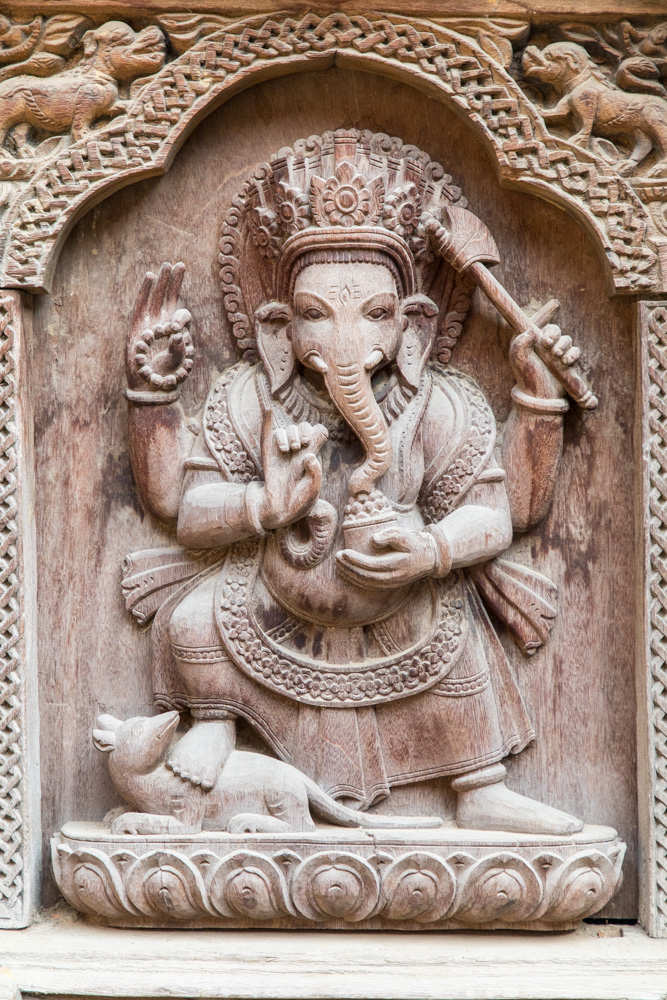
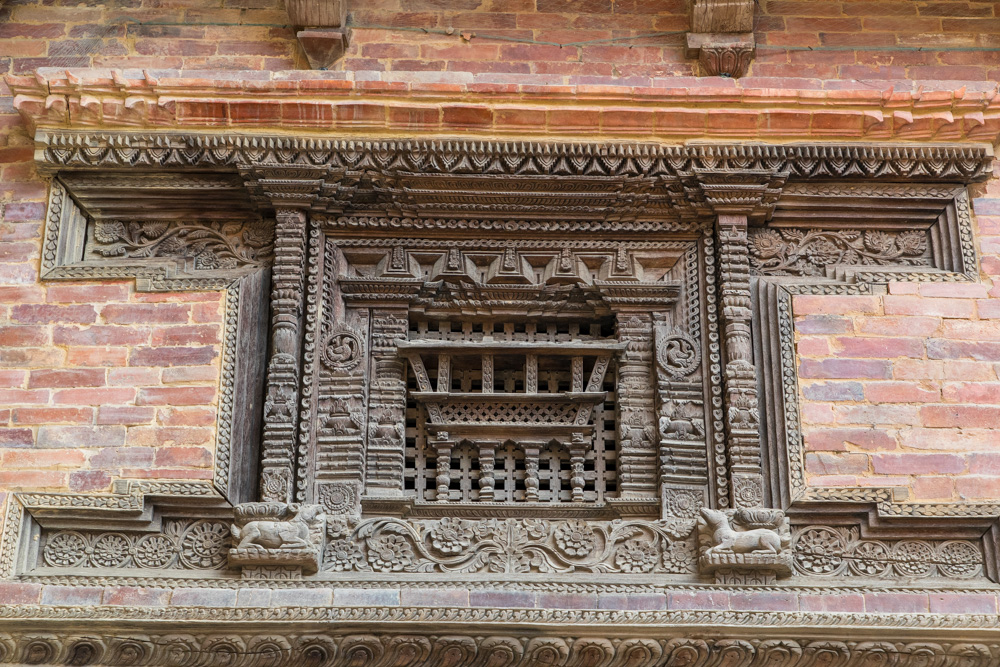
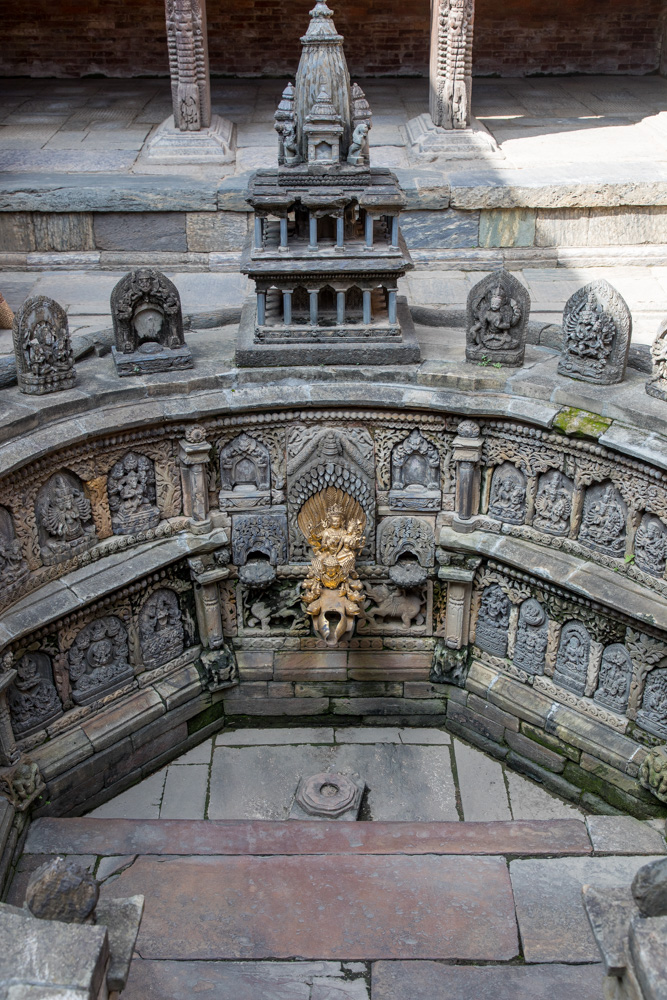
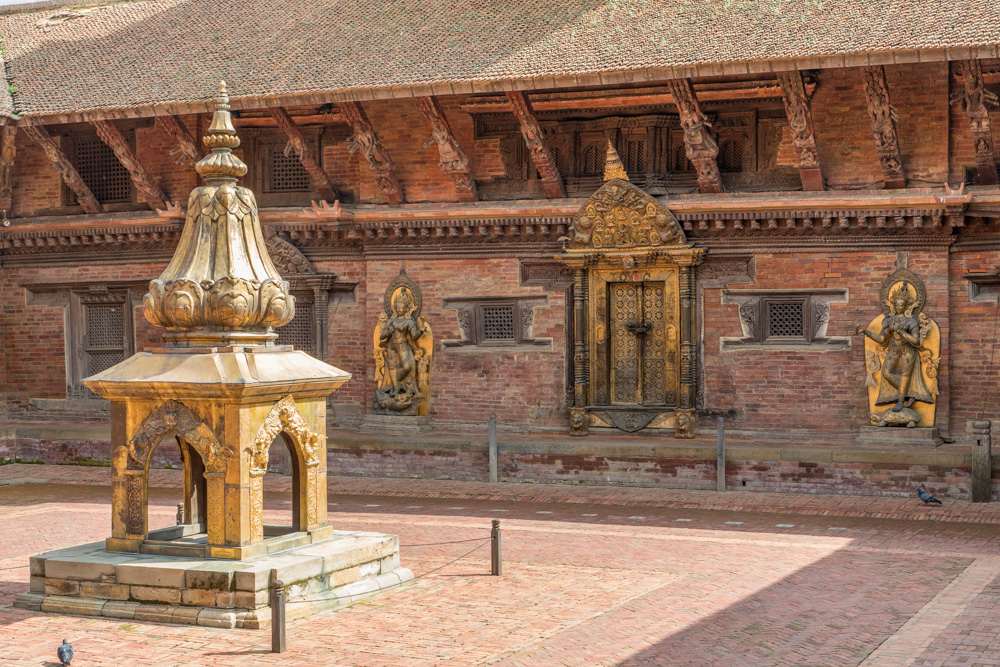
The gilded figures on the right and left are Ganga and Jamuna, goddesses of the river system that runs from the Himalayas and the copper shrine in the middle.
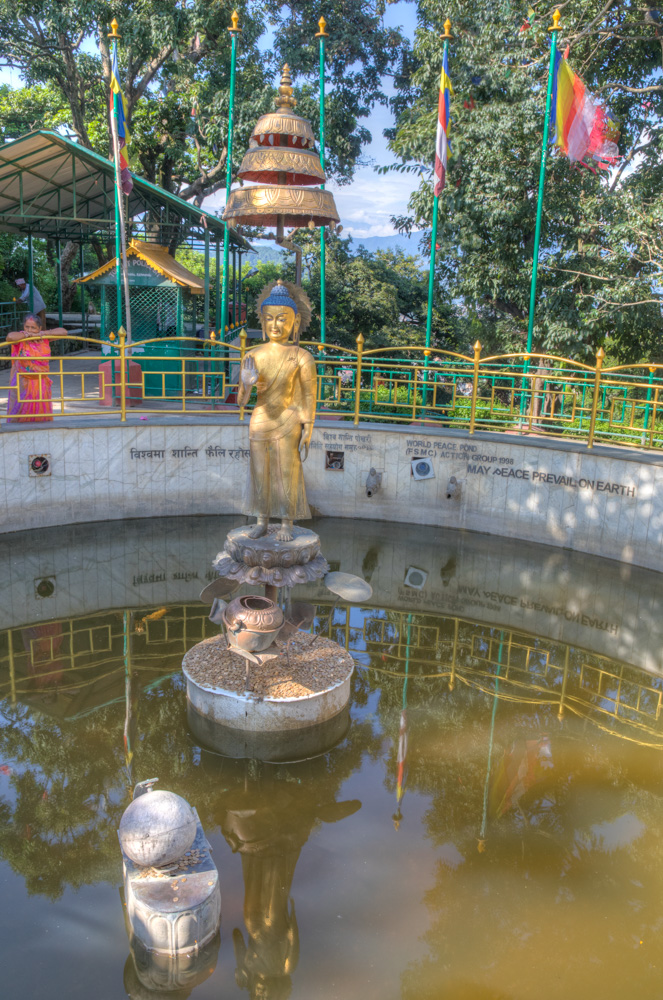
This is a fountain with a small bowl at the bottom of the statue - the Statue of Peace. Everyone was trying to toss a coin into the small bowl with very few successes. We gave it a try with no success.
